Hours: Thurs-Mon, noon-6 pm
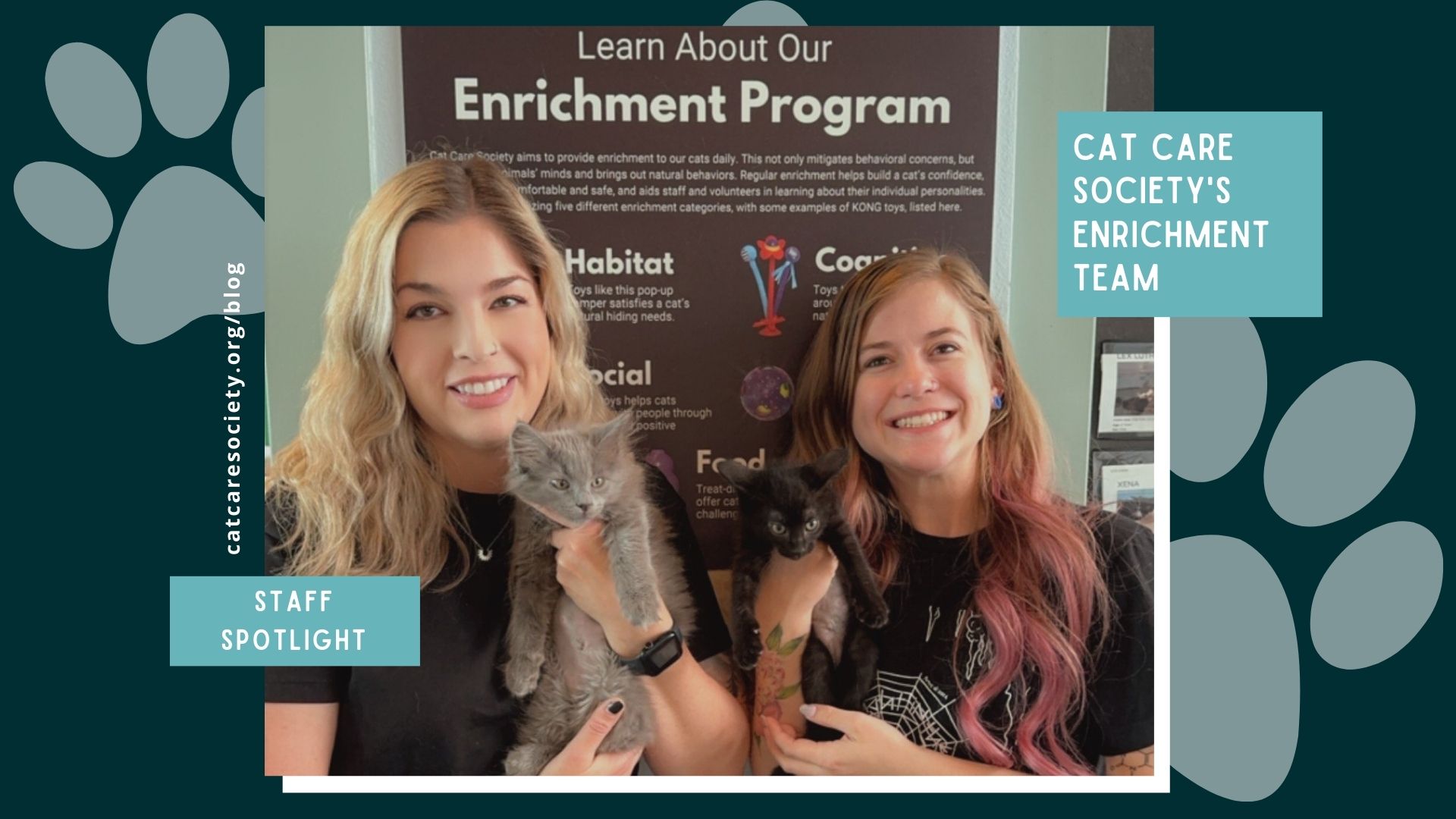
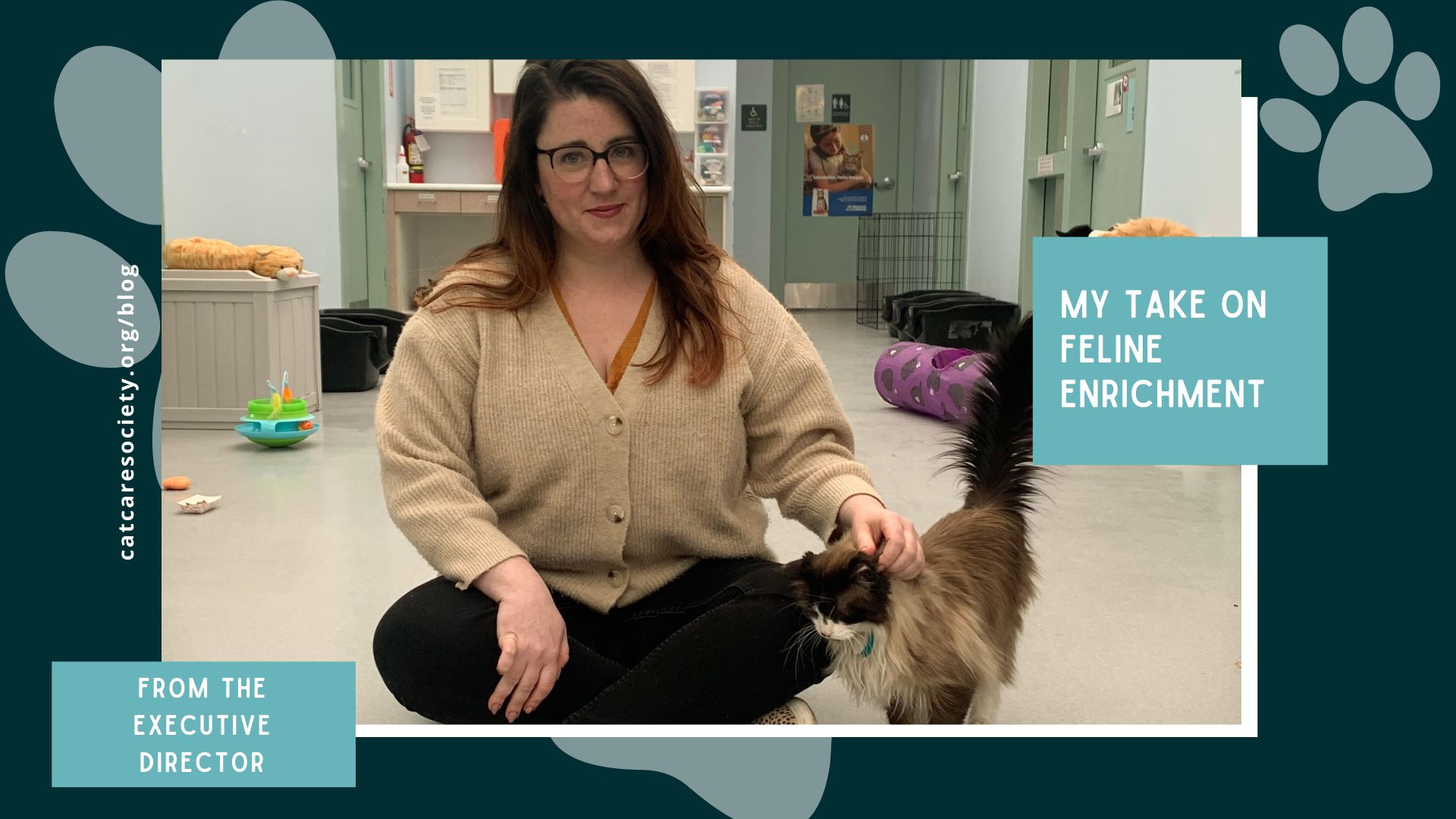
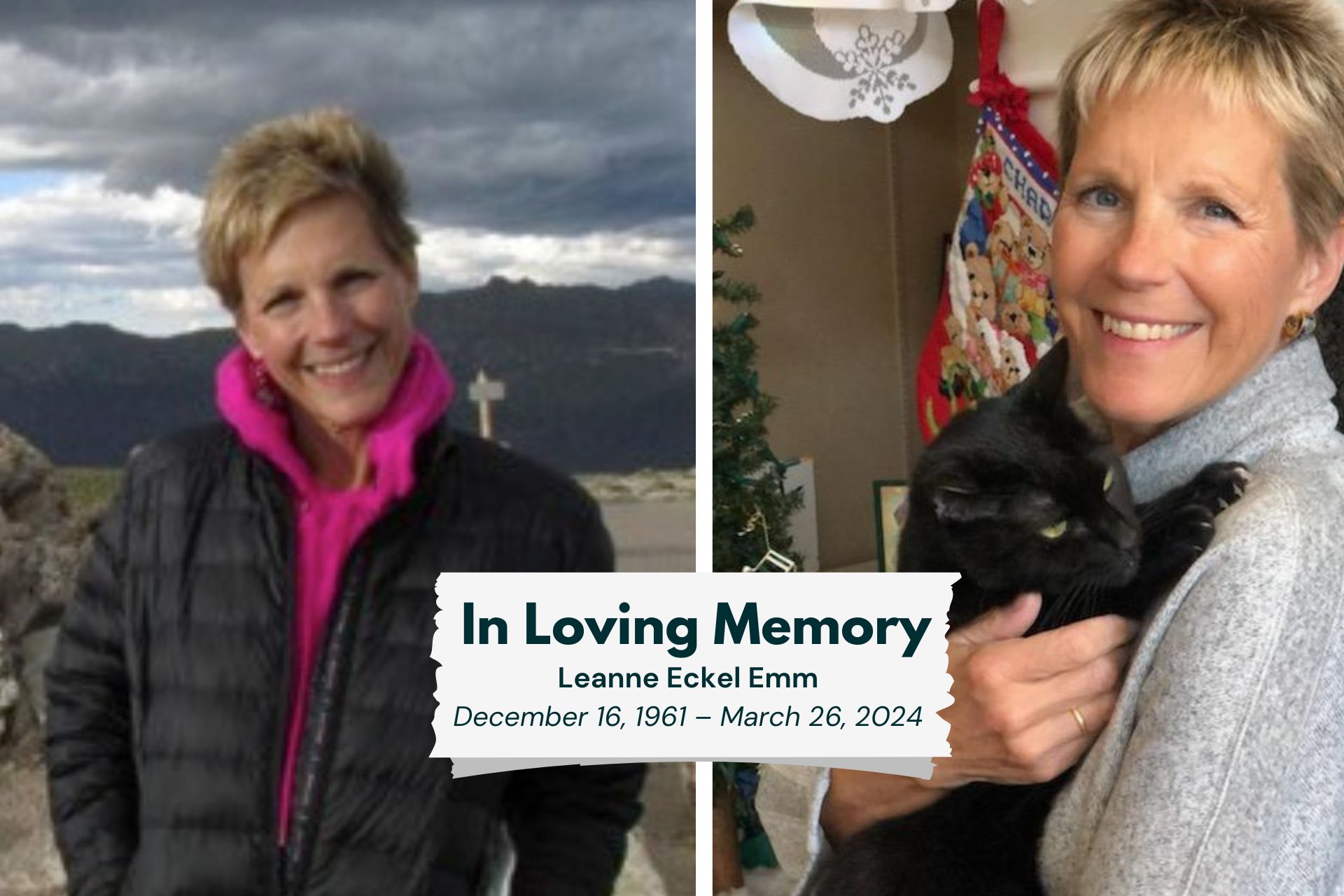
A woman full of life, love and light, another Cat Care Society supporter, Leanne Emm passed away this past March.
A fourth generation Colorado native, Leanne was known for her sense of adventure, intellect and devotion. With decades of public service, she held roles in city and county government, going on to lead as the deputy commissioner of the Colorado Department of Education. When she wasn’t working, Leanne loved fitness, river rafting, watercolor paintings and napping in the sun with her cats (four of them adopted from CCS!).
Leanne served on CCS’ board of directors in 2017, and after retiring from her career in 2018, stepped into a larger, critical role as interim executive director. “It had been a turbulent couple of years for CCS, and Leanne was such a positive, steadying influence,” remembers Clyde Dawson, another long-time board member. “And what a sense of humor! As it turned out, one of the most important contributions she made to CCS was organizing and conducting the search for a permanent ED. She was an avid whitewater rafter and had been looking forward to river-running nearly full time in retirement. She also remained a strong supporter of the organization.”
Clyde recalls Leanne as a tremendous asset to CCS — “exceptionally intelligent, with a keen grasp of finances and management issues of all sorts, as well as warm and engaging,” he said. “I think she won us all over when she wrote in her board application that one reason she was interested in board service was that it would give her an excuse to come into the shelter more often and play with the cats!”
Leanne’s daughter Charlotte says that her mother loved cats her whole life, that they were a really grounding thing for her. “She just loved all animals, and cats were her favorites — that and baby goats and horses!” she said. “She loved CCS and seeing how happy people were when they got to bring a cat home.”
Leanne’s last update in the summer 2018 Cat Care Quarterly oozed her warm, bright personality and gratitude. For everything that she brought to our organization and the world, we’re grateful for her, too.
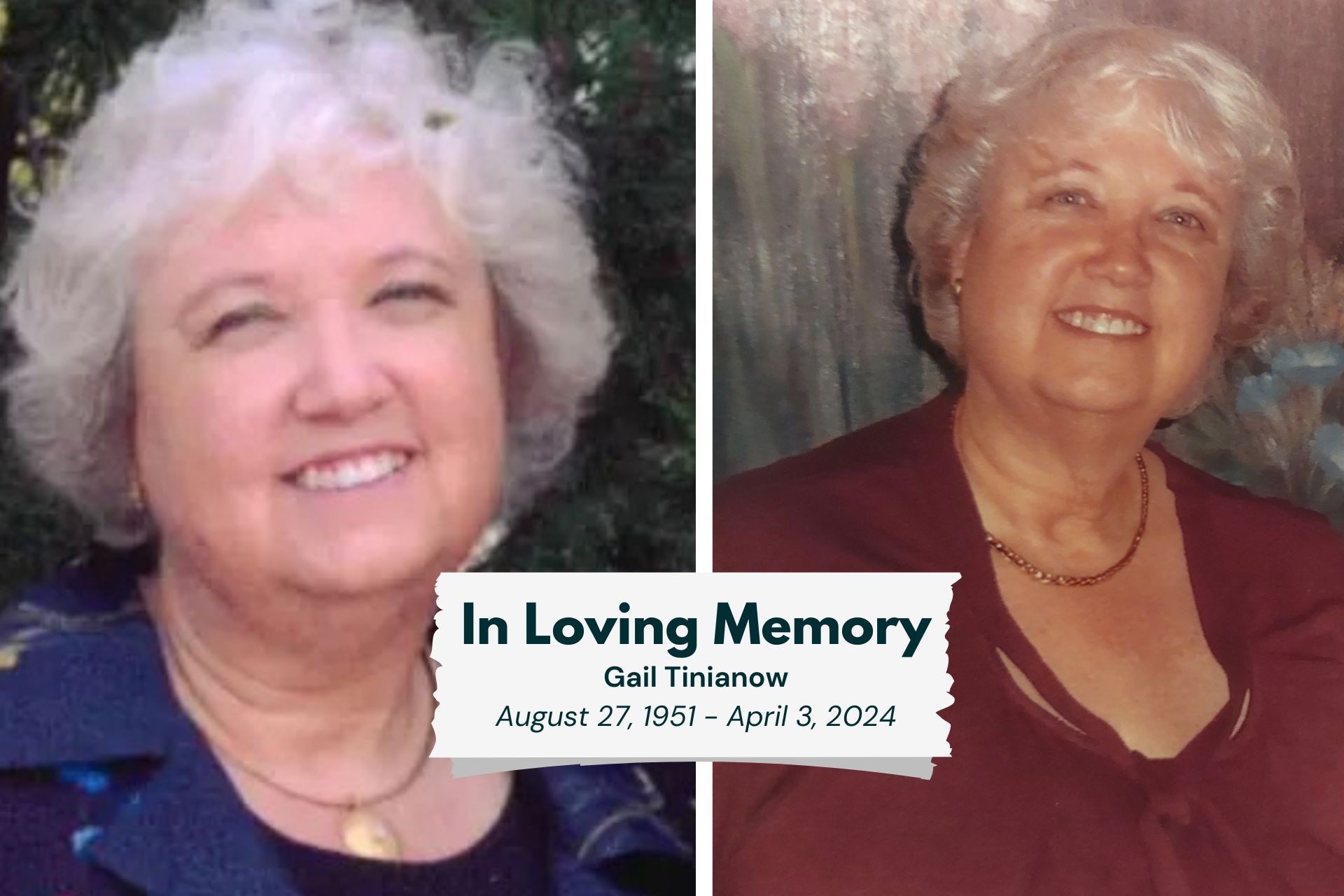
A long-time Cat Care Society supporter and leader, Gail Tinianow, passed away this spring, leaving behind a commitment to cats and a love for travel.
A child of Air Force parents, Gail was born in New York and lived in various parts of the U.S. and Spain. Early in her career, Gail worked for the federal government in Washington, D.C., and eventually earned a degree in business administration from Arapahoe Community College. She and her husband Marty married in 1985; she retired in 2006. Marty shared that Gail’s love of cats was extensive.
Her retirement marked the start of a 10-year dedication to Cat Care Society, when she began looking for volunteer opportunities. Jane Dorsey interviewed Gail to work in Cajun’s Closet, Cat Care’s thrift shop, in 2008. In 2011, she joined the board of directors to help ensure the financial success of CCS. Over the next several years, she would go on to hold roles of secretary, vice president, and president. In those days, CCS had a working board, recalled Ken Dobrovolny, so Gail was hands-on in the day-to-day operations of the shelter “and ran a tight ship.”
Jane Dorsey recalls Gail’s enjoyment of the Santa Paws Festival and the role she played in the planning committee. “I remember her bringing detailed records of everything from the prior year and challenged us to make it even better,” she said. “She was so enthusiastic about everything she took on, and that made it fun to work with her.”
Gail also generously donated a trip to her timeshare in Hawaii for the Tails of the Painted Cats auction more than once. “She was so excited when she came up with the idea of pairing a trip with a Hawaiian-themed sculpture,” Jane said. “Artist and volunteer Pat Lickly created the Hawaiian cat, and we had fresh flower leis made for Gail and the high bidder that night. She loved that event and whole-heartedly supported it.”
In the winter 2016 Cat Care Quarterly as board president, Gail wrote: “Our first order of business in the new year entails recruitment of an executive director. Your board has been running the Society since 2011, and I’m happy to report that we are now financially strong enough to fill this position. I’m simply honored to be at the helm of this great organization and cannot express enough appreciation for our amazing donors, volunteers and staff.”
Gail eventually stepped back from the board in 2018, but we will remember her for many, many more years to come.
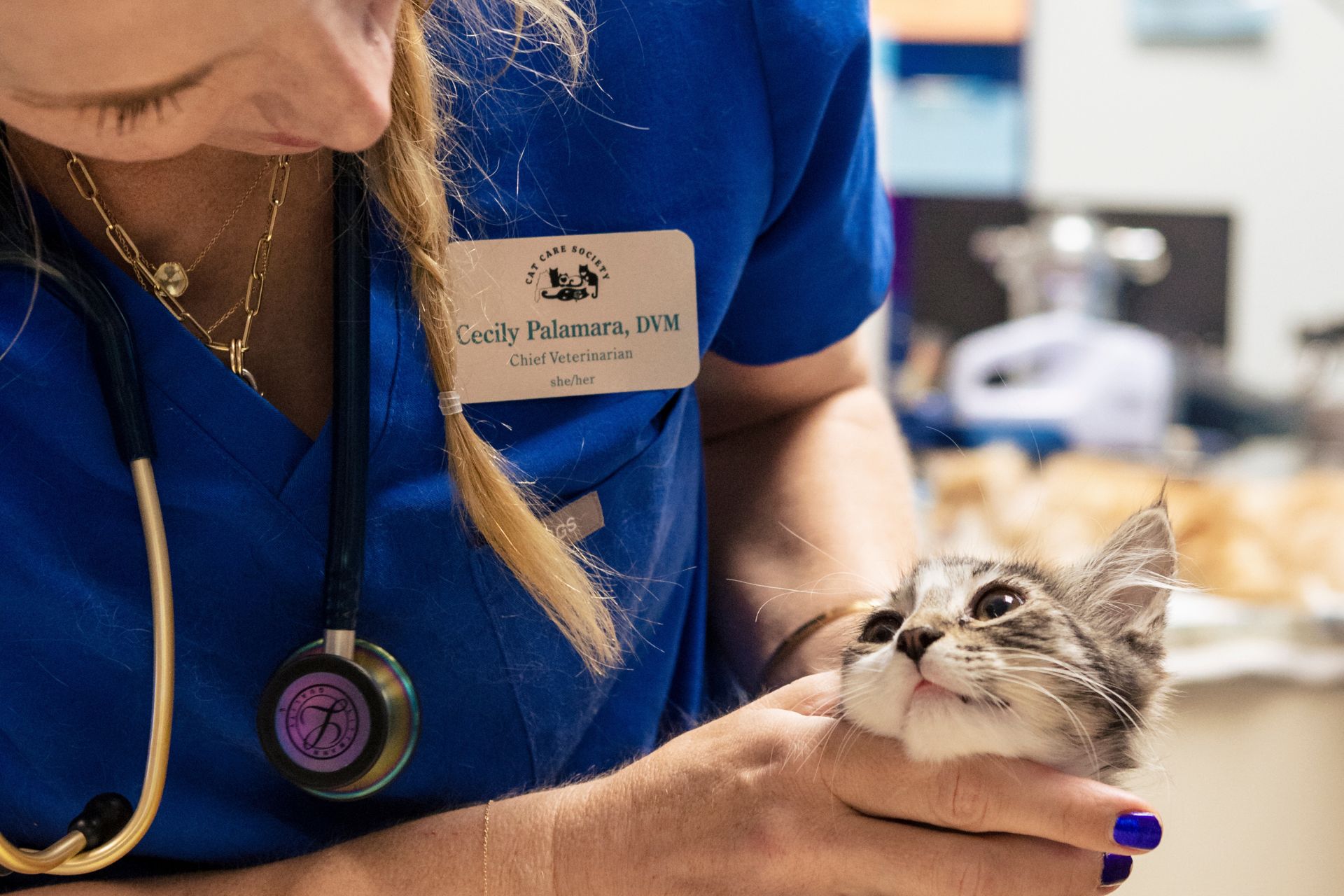
It’s hard to say who is most valuable to an organization, but for a cat shelter, the medical and veterinary team is absolutely crucial in keeping our animals healthy. Here at Cat Care Society, a small handful of employees are responsible for the overall well-being of the cats and caring for any medical issues that come through the doors.
Many people may not realize that the vet team in a shelter looks very different than a traditional private vet clinic. This is because not only do they treat any current medical needs an animal has, but they’re also responsible for considering the medical pathway for a cat all the way through adoption. This dynamic team treats animals not just in our shelter, but readies them for life in a home setting. And, they have to balance this work in a noisy setting with multiple animals and people coming in and out, often with unexpected challenges to pivot around.
“The medical team in a shelter is a highly skilled team that we couldn’t do without,” said EC Michaels, CCS’ executive director. “They are asked to be on their feet while thinking big about the whole animal. When we get a cat with kidney disease, for example, they’re not just saying ‘they have kidney disease,’ but also looking at what we do to manage it here and how to educate adopters so they can manage it later. We are able to decrease the spread of contagion and increase adoptions because of this way of thinking.”
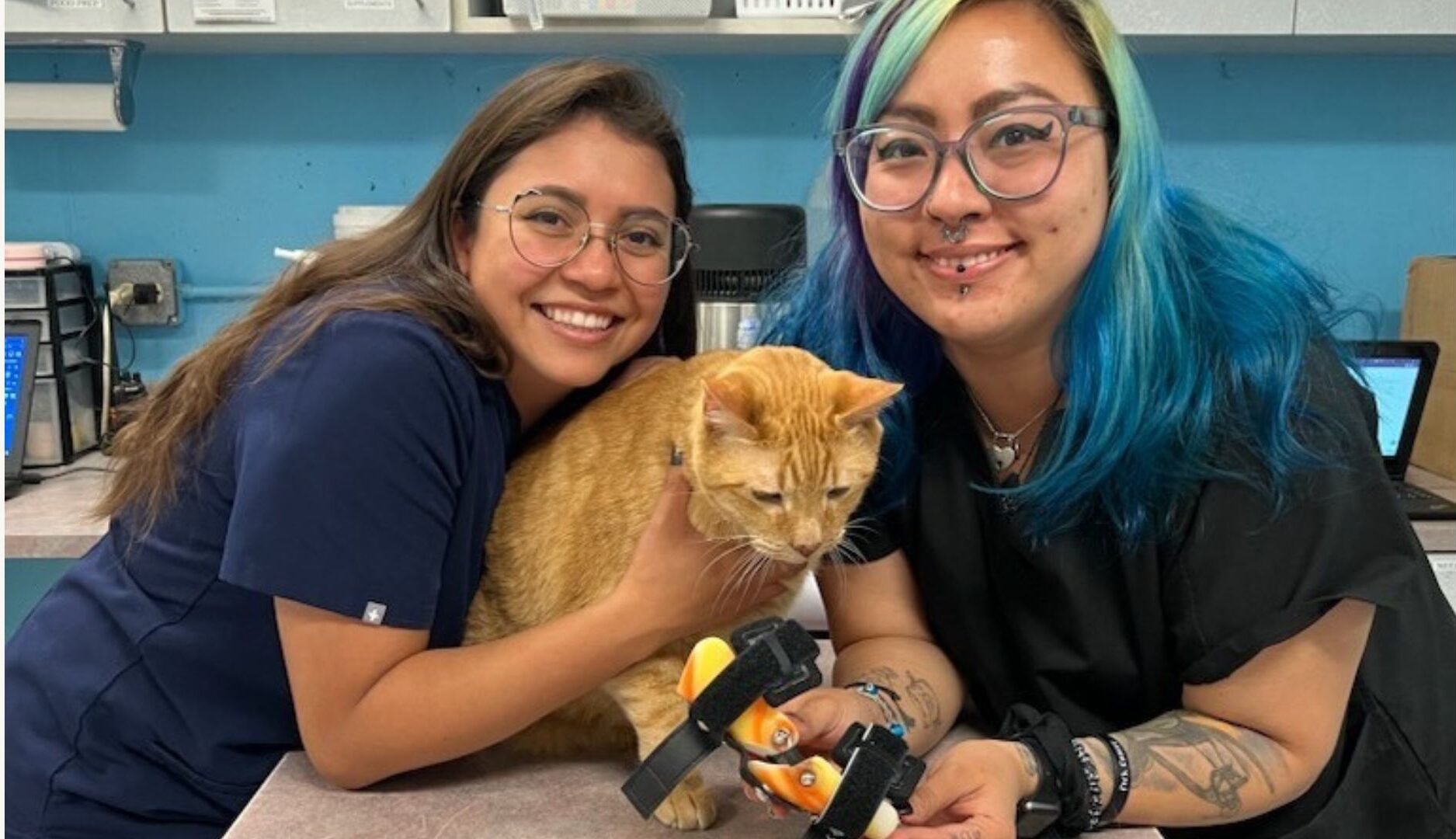
This team must also be ultra-coordinated because of the high volume of care that is needed, everyone has a role to play. The veterinary services manager oversees the whole process by scheduling the team, organizing surgical days, monitoring the shelter population, maintaining SOPs and protocols, monitoring inventory, and exploring new treatments. Our vet techs ensure the flow of animals that need treatment or surgery, run anesthesia, prioritize needs, check medications, maintain records, approve animals for adoption, and work with the foster team to build a plan for each cat. On surgery days, they ensure there is always a patient ready for a vet and administer drug protocols while the assistants monitor vitals, check diagnostics, sanitize tools and ensure the cats wake up appropriately.
Our veterinarians are able to perform about 30 spays and neuters in just one day! This happens about three times a month in the busy season and twice in the slower winter. They also do about 4.5 dental procedures a week — or 200 a year.
The medical team begins each morning by taking blood glucoses on the diabetic cats and feeding them breakfast, then providing treatments for the rest of the shelter. Then they either have scheduled surgeries, work through the CVT checklist or complete intakes on new cats. After this, they clean up the clinic and get ready for evening treatments, which includes another blood glucose reading and dinner for the diabetics, and medications for cats in the rest of the shelter.
On a daily basis, the medical team is constantly performing phlebotomy to obtain lab work, performing radiographs, running anesthesia for procedures, performing dental prophylaxis under the supervision of a veterinarian, performing intake exams on new cats arriving at the shelter, and making sure that our population is healthy and thriving. And of course, responding to any emergencies!
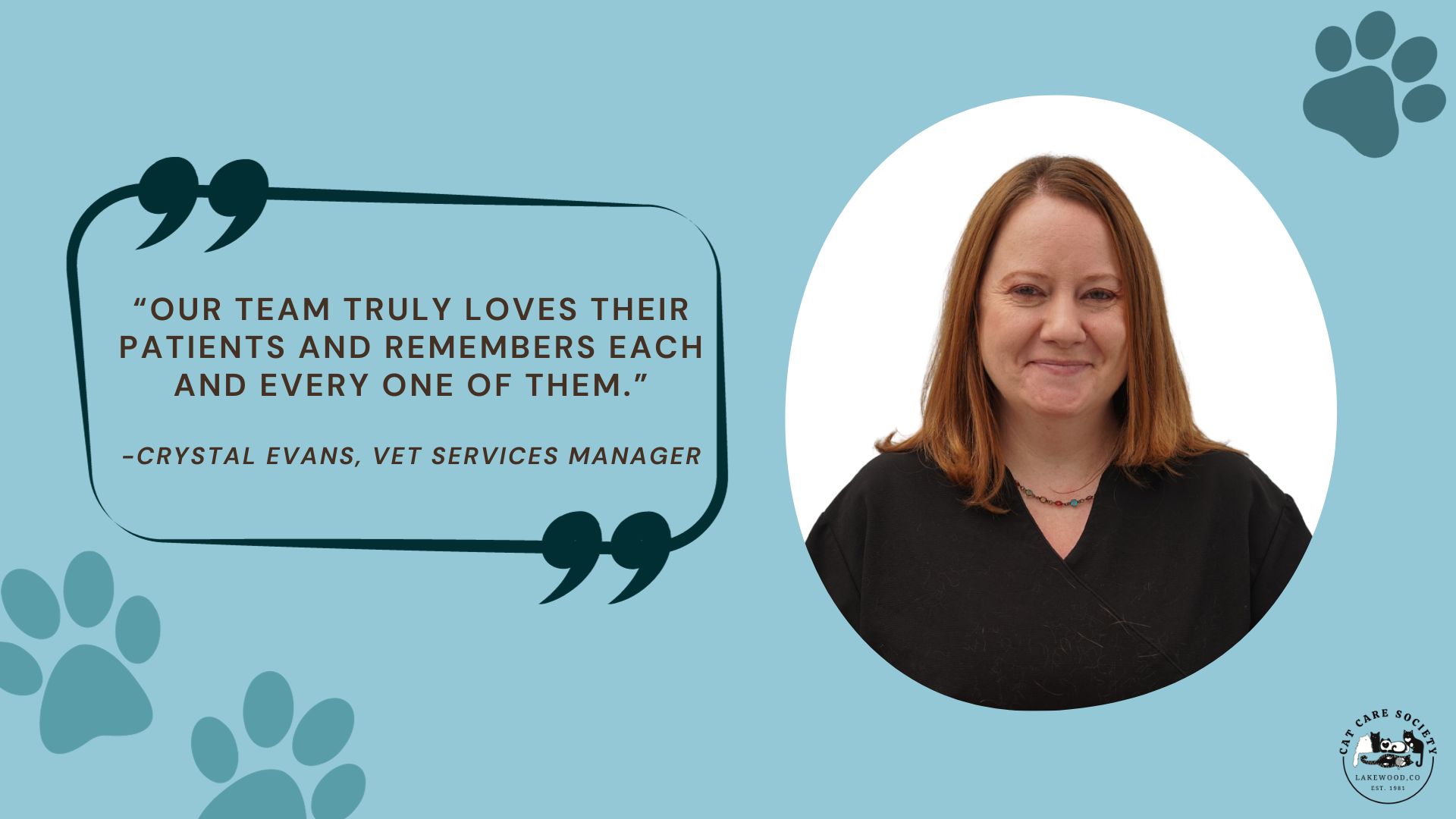
Another misconception is that every single animal in a shelter receives a full medical exam from a veterinarian. Because our shelter vets time is so limited, we preserve the resources we have. Therefore, only cats that require their attention are escalated to a vet by the rest of the team. Our techs are responsible for intake exams, which includes a general once-over and any vaccines and dewormers. Then, they are trusted to route the animal to either the adoption floor, for behavioral attention or to receive additional vet care.
We are also proud to take on some pretty complicated medical cases that weren’t previously managed for a cat before he or she came to our shelter. We’re often able to identify the source of a cat’s medical or behavioral issue and provide medication or treatment to improve their quality of life. It’s kind of like a medical makeover or a glow up so that they leave the shelter in better shape than when they came in. A recent example of this is Rambo (pictured above), who came to us early this year with three housemates after his owner passed away. After his initial exams and bloodwork, we noticed some lameness and within a few days, a limp was isolated to his left hind leg. Rambo was discovered to be walking flat on his entire foot rather than just on his toes. We also discovered pancreatitis and early stage kidney disease. He was switched him to a new diet, which helped Rambo’s daily life. After a few months, Rambo was fitted for a leg brace thanks to the help from an orthopedic specialist. He now has increased mobility and comfort to walk around thanks to his new brace!
“Our team truly loves their patients and remembers each and every one,” Crystal Evans, vet services manager, said. “We provide cats with a turbulent past or medical issue that would normally not be adopted out a second chance at finding their forever homes.”
Not only is this team advocates for the voiceless, but they ensure our cats receive the best care possible.
In calendar-year 2023, the CCS medical team was responsible for:
As of summer 2024, the CCS medical team consists of:
We thank each of our veterinary staff for their dedication, skills and contribution to the livelihood of our cats.
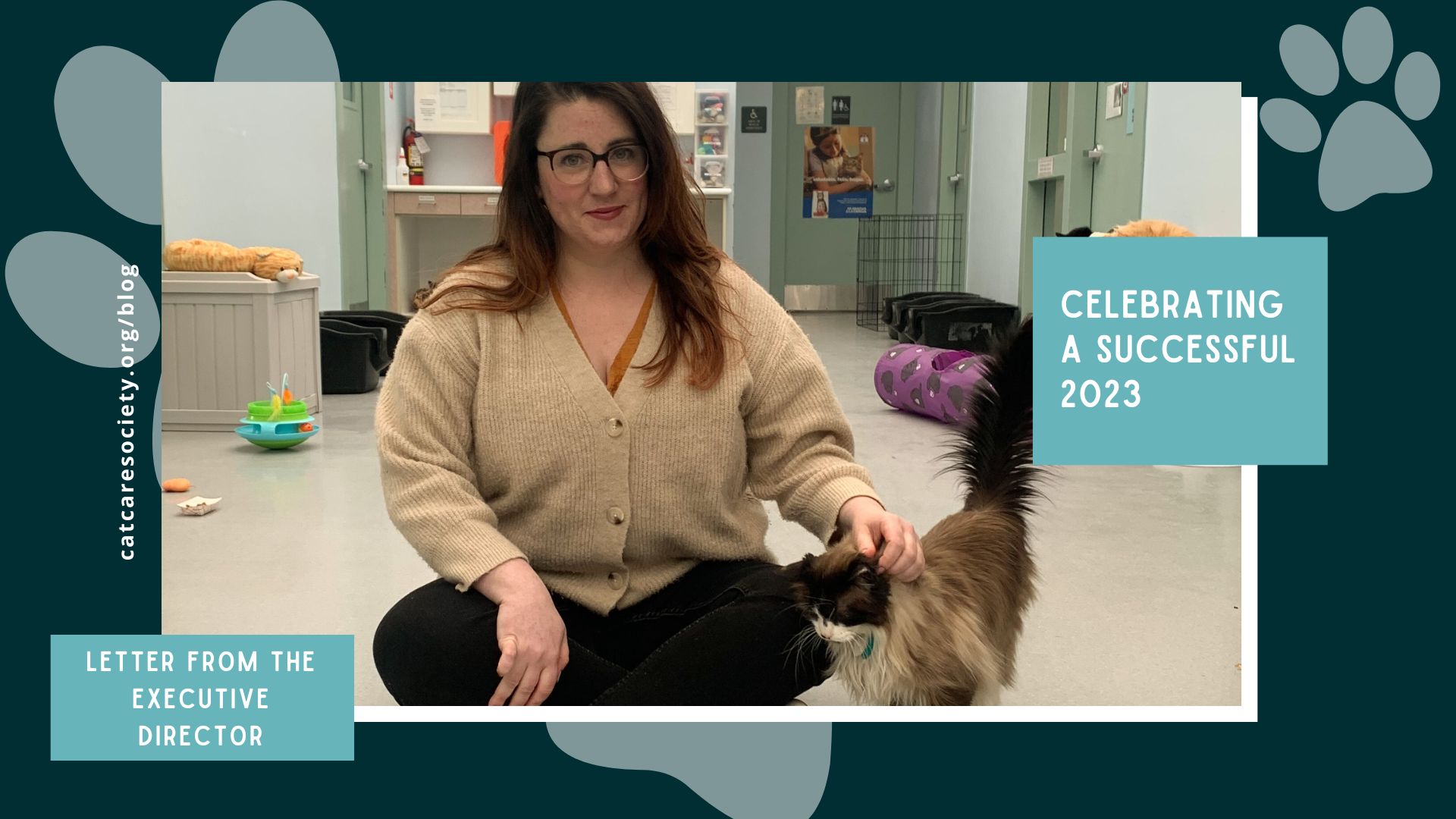
Now that 2023 is in our rearview, I am so humbled and excited to share our calendar-year stats and successes with you all. It was a busy year, with numbers up across the board. Even though we saw more cats in need than ever before, we also adopted more cats than ever before. Last year, over 1,000 cats were placed into loving homes thanks to your support!
In comparison, in 2022, Cat Care Society took in 860 cats and adopted out 750 of them.
Across the country, many shelters faced an increase in animals in need and owner surrenders. Economic conditions, inflation, lack of veterinary care and access, and the veterinary shortage, all affected the tough year that many shelters, rescues and animal welfare organizations faced.
I think it’s important to acknowledge that our statistics do not reflect the larger trend in animal welfare. It’s likely our specialty that makes us an anomaly. Because we care for so many special needs cats, our status as a limited-admission shelter, and our policies and partnerships, we recognize how special it was to help more cats find homes than we’ve ever been able to before. We also want to give a nod to the other shelters in our region, who work just as hard as we do to save and adopt as many pets as possible. We were happy to support their work by increasing the number of transfers we took in from our local shelter partners.
Over the last year or so, we’ve shifted how we think about taking in new cats. It’s easy to focus on the numbers above, but it’s just as important to think about the why behind them. For us, it’s all about balance for the entire shelter ecosystem.
This balance has helped us increase our support of special needs cats — as demonstrated by having over 100 diagnosable conditions we treat and place for — but we also know that CCS is more than that. No matter our niche, we will always support all cats in need. That includes young and healthy cats. Or cats who simply haven’t found a home in another shelter.
We’re proud to be members of the Metro Denver Animal Welfare Alliance (MDAWA) and work with many other organizations in the region to transfer cats in so they have a new opportunity here. We also aim to offer education for adopters on how to care for their cats.
Through it all, we balance our cat population against our resources; our staff size and budget must support our ability to care for the cats in our shelter. We’re constantly evaluating how we can grow proportionately. This is, after all, also aligned with our new strategic plan and CCS’ mission.
This level of control is one of the benefits of being a limited-admission shelter. By contrast, open-admission shelters are required to take in any animal that comes through their doors. If they happen to have an influx of complex medical cases (which require more time, money and expertise) at one time, they do not have the same options we do. It requires creative solutions — as well as some strain — on how they make it work.
Having worked in both types of shelters, I am so grateful for the unique community that Cat Care Society has. In my time here, I’ve challenged the team to be thoughtful and strategic in everything we do. Remaining a safe place for cats who need help, and finding them loving homes, is always our top priority.
I am more energized than ever to see what the rest of this year brings. As always, thank you for your support!
EC Michaels
Executive Director
Cat Care Society
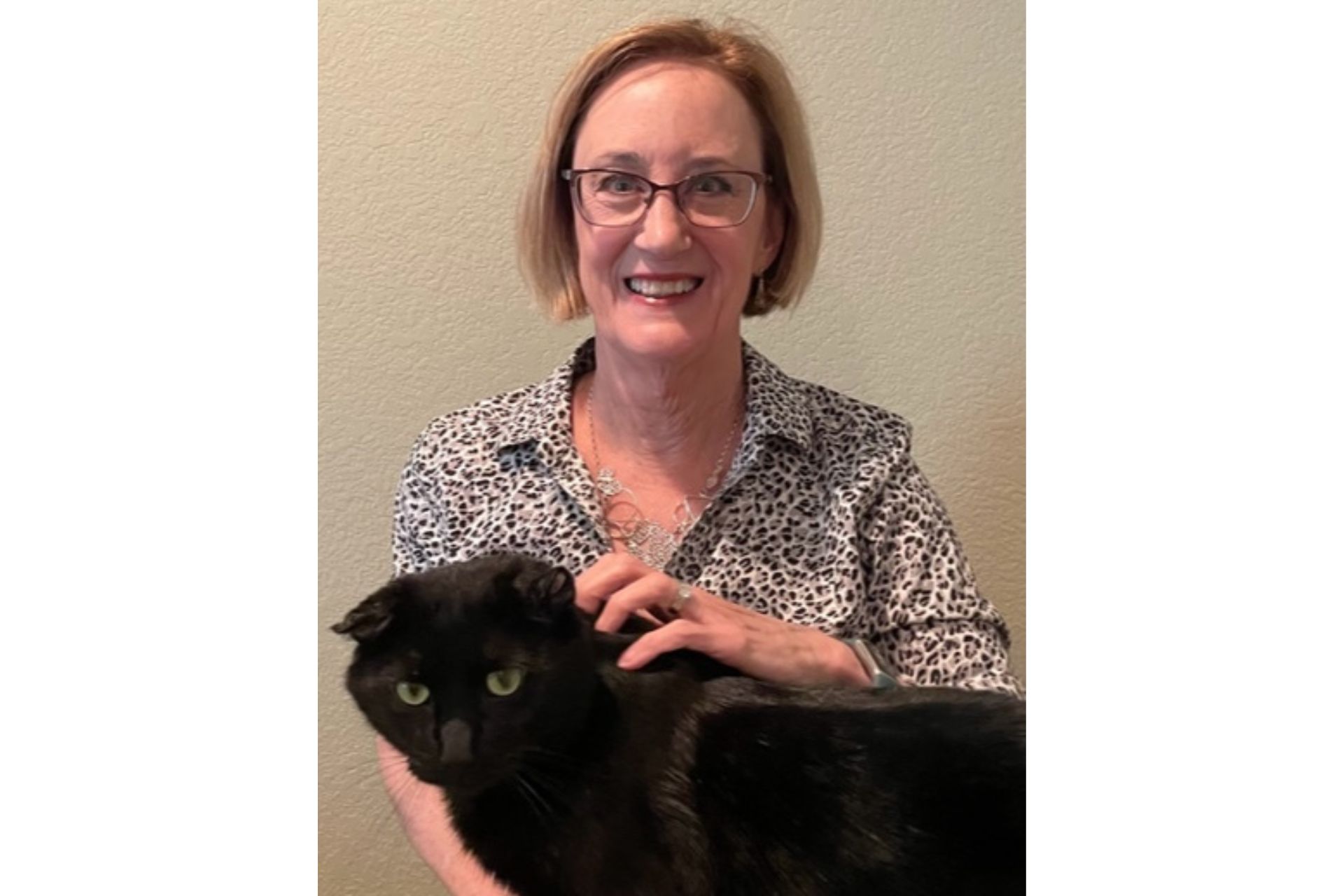
Kathy McChesney doesn’t do anything lightly. This Cat Care Society supporter extraordinaire goes the extra mile by serving on the board of directors and multiple committees, volunteering her time and resources, helping at events and providing transportation, and donating on top of it all. Why does she go so “all in” for CCS? “Because everything is about the cats!” she proudly exclaims.
Originally from Texas, Kathy moved to Denver in 2018 after years of running her own cat rescue. Relocating for work as an airline pilot, she retired in 2021. With her own passion for cats, she was on the hunt for a new cat shelter to help. Thanks to the suggestion of her financial advisor, Michaela Sullivan (who also now serves on the CCS board), she began donating to us. The real turning point was when she was invited to a holiday event and met some of the staff and saw the shelter in person.
Shortly after, Kathy joined the board and became even more involved. Today, she serves as secretary, is on the governance committee and strategic plan workgroup, assists at events, transports cats to specialty medical appointments, writes for our blog, donates financially through a donor-advised fund (DAF), and is a member of the Nine Lives Legacy Society.
Kathy has multiple cats of her own — all sweet rescues and strays that she has adopted who follow her everywhere — and is shining example of what a cat lover who gives back can look like. Kathy often brings her experience and perspective to the table, advocating for black cats and sharing how unique and special the animal welfare landscape is in Colorado. For instance, she shares that in Texas, shelters in the state are overwhelmed in a way that we haven’t quite seen here. Attitudes are cultures are different there, where it is more prevalent for animals to not be spayed or neutered, and sadly, often dumped if they’re no longer wanted. This is what fuels her to give back now.
“I donate because I’ve run own rescue and know how hard it is to get people to give; I understand the need,” she said. “Cats are the most important thing in my life, and I‘ve been fortunate in my career, so I’d rather help cats than anything else.”
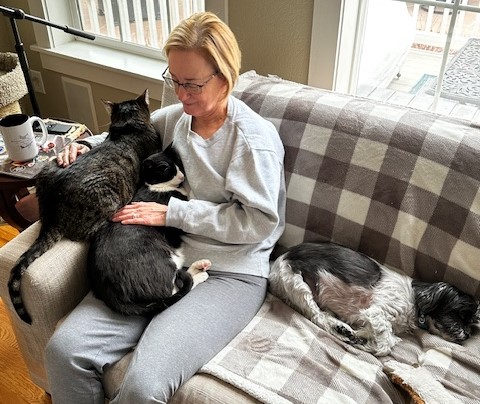
The reason Kathy keeps coming back to Cat Care Society in particular, she says, is because of the cats themselves and our policies. “It’s just everything, the open concept, the way we take in animals that would be put down somewhere else, the Temporary Care Program and how it helps people, and that we always go the extra mile for every single cat,” she said. “I’ve never seen a shelter that does that. It is so unique, and the cats are so happy. I can feel comfortable walking into CCS and not feeling like I need to bring every cat home.”
Kathy also appreciates the variety of ways in which she can give. The DAF provides so many tax benefits, and is easy to set up with a financial institution. And the Nine Lives Legacy Society gives her reassurance that her animals will be taken care of if both her and her husband are gone. “I know they’ll be well taken care of, and I trust they’ll be adopted into good homes,” she said. “It’s the best way I know to support cats in the way they should be supported.”
Another innovative idea that Kathy helped facilitate was a relationship between CCS and Colorado State University in Fort Collins. There, Dr. Michael Lappin, director of companion animal studies, runs a program called Saving Animals in Shelters by Teaching (SAST). This program accepts animals from shelters who need complex surgeries that go beyond a shelter’s capacity. Used for things like heart surgeries, which would be incredibly costly at a specialist, it also affords veterinary medicine students the ability to learn and practice. Kathy was generous enough to use her connections at the school to expand their service to CCS as well, and now a year later, our first cat underwent a successful internal hernia surgery there. “Something this complex would be so expensive, and we got it at cost,” she said. “Plus, we don’t have enough vets The country doesn’t have enough vets! So anything we can do to train vets is hugely helpful.”
“My whole life, all I’ve wanted to do is take care of cats,” Kathy added said. “I give to CCS because I know that all the money donated is used for the right reasons. It all goes to the cats, and Cat Care Society is the best place I can imagine for a cat in need to be — if not in someone’s home of course.”
If you’d like to give to Cat Care Society too, visit our Ways to Give page for a list of ways your support can help save more cats in our community!
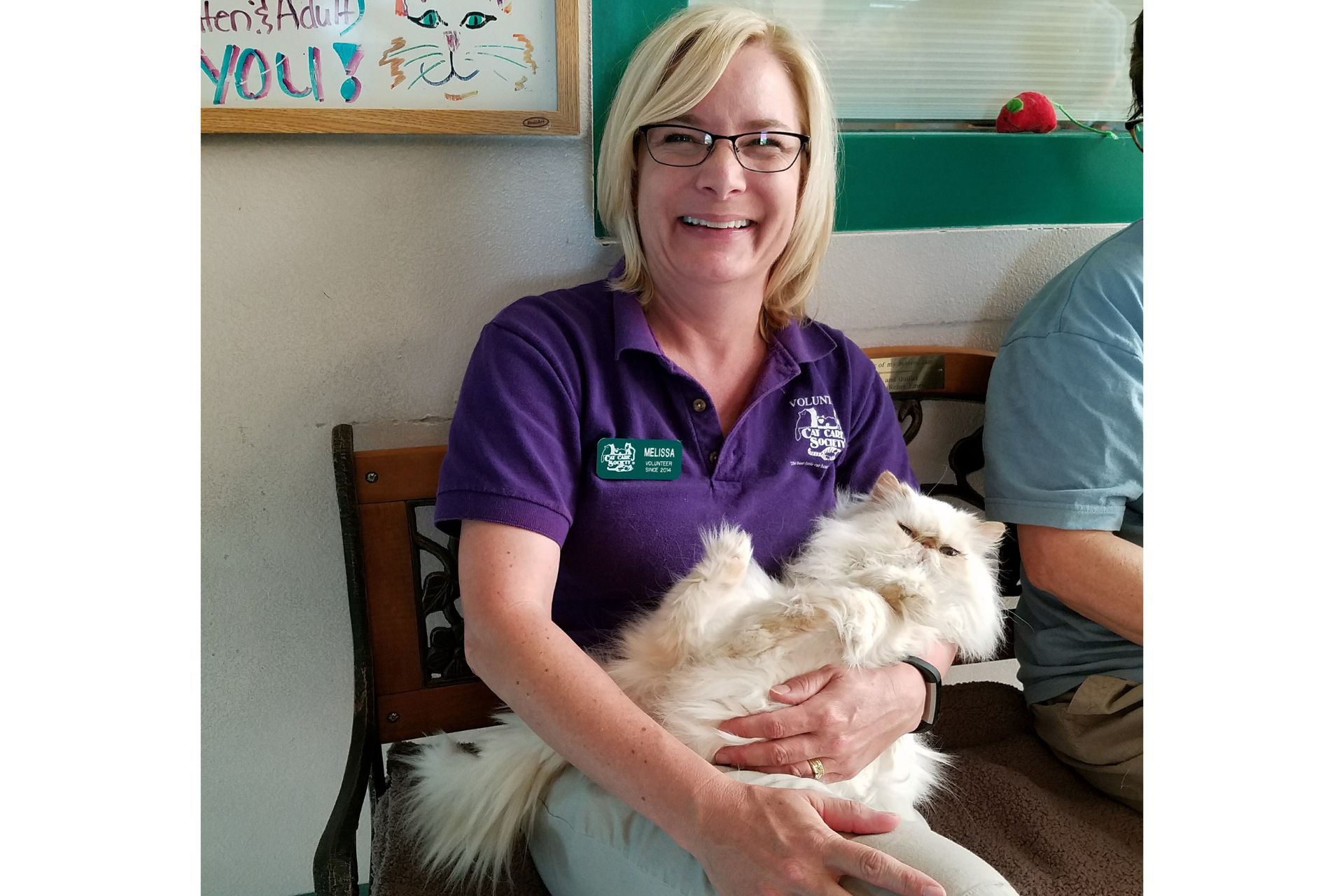
Cat Care Society is lucky to have hundreds of incredibly dedicated volunteers, many of whom have been staples around the shelter for years or even decades. One long-time volunteer is about to approach her 10th year!
Melissa Colsman began volunteering with CCS in 2014, originally drawn to spend time here after she first visited when looking to adopt a new kitty. It was the atmosphere of all of the cats roaming, playing and lounging that drew her in. Since her first CCS introduction, Melissa had adopted three CCS cats, and her parents adopted two. “The love and care for all of the cats is apparent in everything from the shelter design to the adoption policies to the focus on housing cats who have more needs,” she said. “I love being able to go to the shelter and interact with cats so readily. You can feel the love at CCS!”
Melissa’s first volunteer gig was our nursing home program, in which she brought shelter cats to senior centers for snuggles (a program that ended when the pandemic hit). Later, she was trained to be an adoption assistant, which provided extra help to staff on busy weekends. There, she helped greet clients, orient them to the shelter, provide information about adoption and link them to staff to start the adoption process.
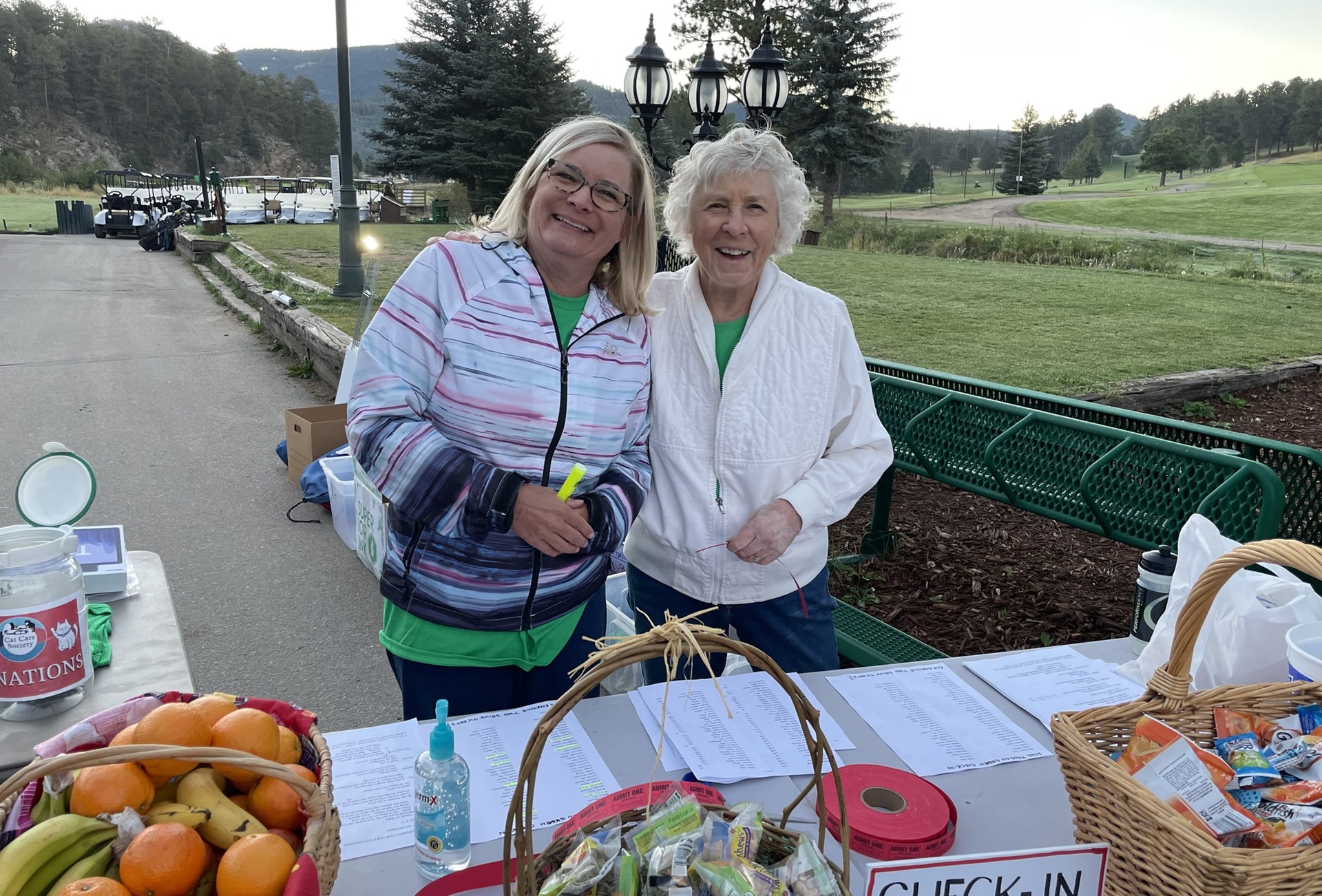
In 2022, Melissa retired after 34 years as an educator. At that time, she started working with another volunteer, Erin, to assist with our on-site store, Meow Mart. Together, the two keep it stocked, price new items and assist with inventory — while making plenty of time to snuggle all of the kitties. “I just have a great time with my Meow Mart partner, Erin,” she said. “We laugh, problem-solve, and have fun helping Mandy keep [it] running.”
Melissa also helps at various events like Santa Paws and the golf tournament, both of which are great fundraisers for the shelter. “With each job, I’ve been able to see that I’ve been able to help staff and clients have a good experience at the shelter,” Melissa said. “It’s gratifying to be able to help, even if it’s just keeping wand toys stocked so cat owners have ways to engage with their fur babies. It feels good to help an organization that you believe in. It’s one thing to provide funding, which is incredibly important! But it is also personally satisfying to be able to give my time, energy and love directly to the shelter.”
“We love having Melissa’s help around the shelter!” added CCS’s Volunteer & Events Manager Mandy Babb. “She is consistently reliable and has played such a crucial role in keeping things running for many years. I know that when Melissa is on hand at an event, or when she’s managing Meow Mart, that we can count on everything running smoothly. Her history here is invaluable, and her passion is evident in the work she does for the CCS cats, and we couldn’t thank her more!”
If you’re interested in volunteering, learn more and apply at www.catcaresociety.org/volunteer.
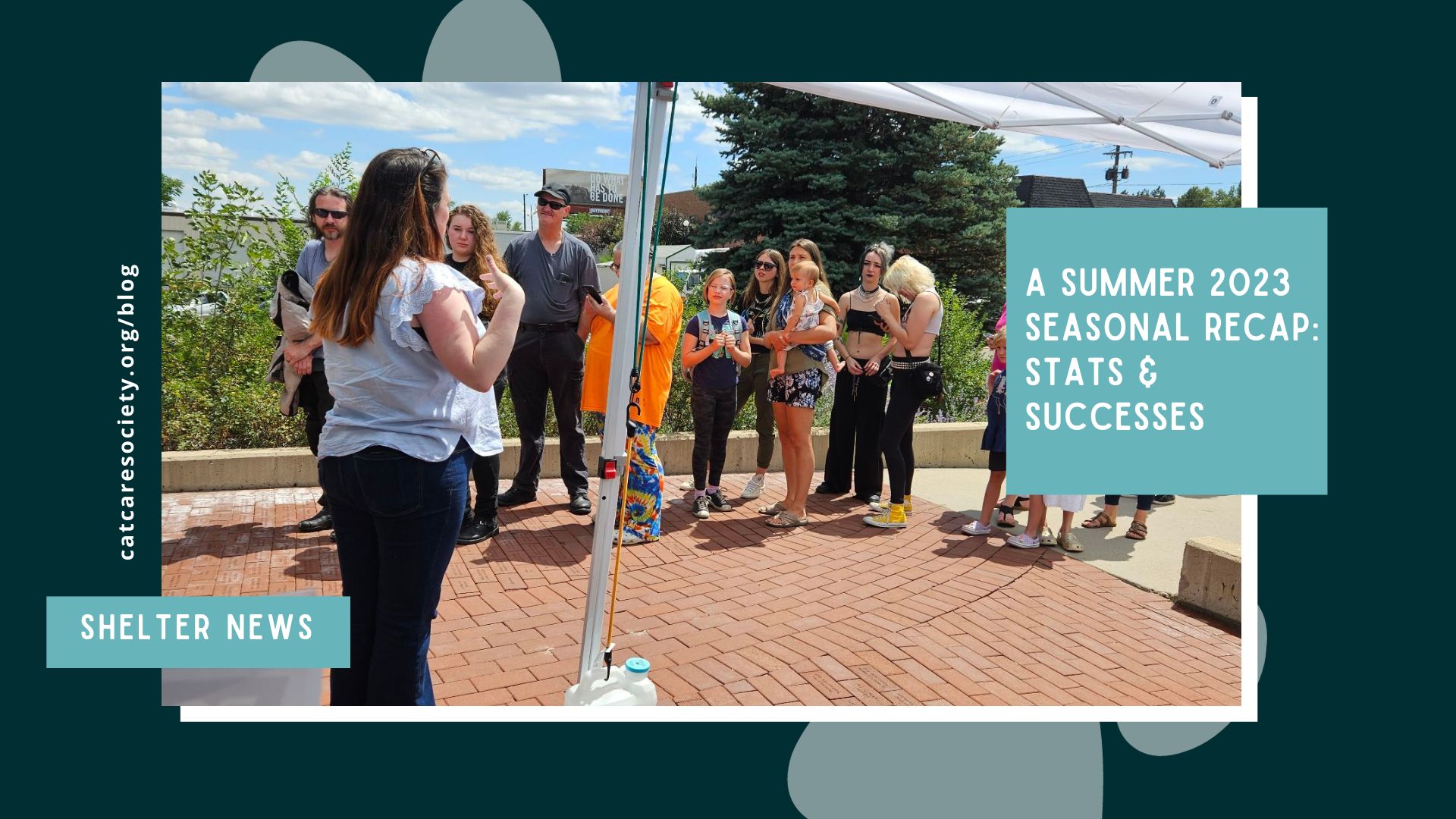
What a summer it was for us here at the shelter. From a very active kitten season to several unexpected surprises and multiple significant and successful events, there were definitely no dull days.
Summer is often the busiest time of year for shelters across the country. Kitten season, aka feline breeding season, typically occurs between late March and October. We see many kittens and momma cats in need during these months, and our incredible fosters take care of the little ones until they are 2 pounds, at which point they can be spayed or neutered and ready for adoption. From April 1 to September 24, 2023, CCS took in 342 kittens. Of those, 258 were adopted and many are still growing in their foster homes!
In August, we hosted a waived-adoption-fee event in honor of Clear the Shelters month, and were overwhelmed at the positive response from our community! That day we adopted out the most cats ever in a single day for our shelter: 31 cats went into loving homes. We also received incredible support from our partner organizations and individuals that ensured the day went off without a hitch. We can’t thank you enough.
We know that there were some concerns over the decision to offer “free” adoptions, and we appreciate the concern for our cats’ well-being. The decision to offer this was made after much discussion and consideration. Please know that we always do our due diligence. All adopters must fill out an application and be approved before bringing any cat home. We want to make sure all our cats end up in loving and committed homes, and we’ll never compromise these values. There have even been multiple studies done by respected animal welfare groups that have found that waived adoption fees do not affect animals’ outcomes in any negative way.
Throughout the month of August in total, we had a total of 132cats come into our care, and we successfully adopted out 141cats. In September, we helped 120 cats — 79 kittens and 41 adults, 13 of which were seniors — find new homes. As we reflect on the prior fiscal year, we also know that we cared for about 400 more cats than the year before. We are so excited to be expanding our ability to help more cats than ever, thanks to your support.
Speaking of stats, I also want to call out a national database called Shelter Animals Count. This platform brings together 6,936 animal welfare organizations to share credible and accessible data to positively impact our animals and communities. Participating in this allows CCS to offer data transparency and greater understanding of cat’s needs across the mountain region. With this knowledge, we can deepen our impact. I encourage you to browse their data to evaluate trends and know that we are supporting these positive outcomes.
I also want everyone to know that my door and phone lines are always open. If anyone has questions or would like any clarification on our statistics, policies or our animals, I would be more than happy to discuss it with you; just reach out!
Over and over again, I am beyond impressed with the dedication our employees, volunteers and donors demonstrate. Every single time we ask for something, someone delivers. I am humbled and so grateful for every one of you who shows up when we need it most. From the bottom of our hearts, thank you.

EC Michaels
Executive Director
Cat Care Society
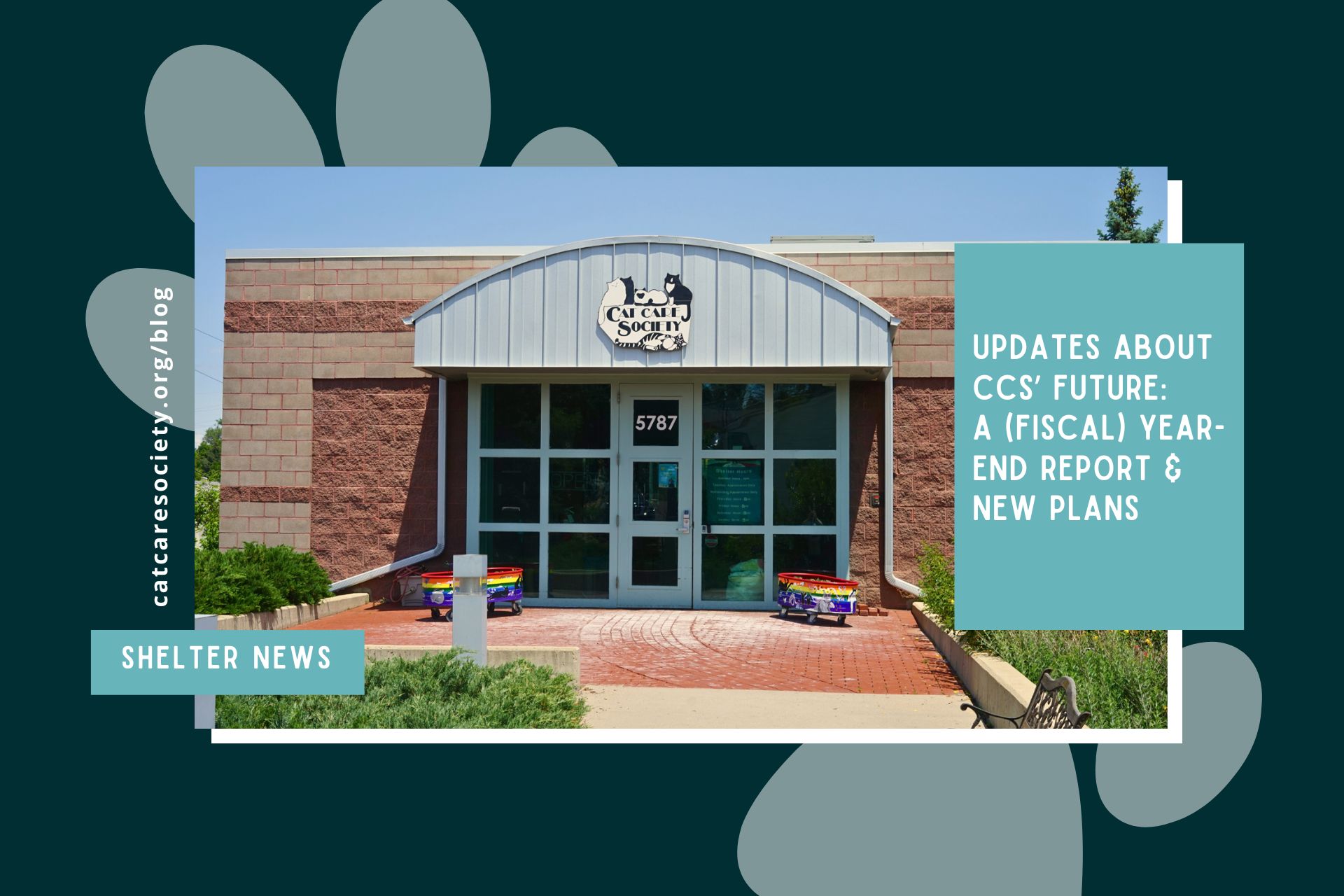
Hello friends of Cat Care Society! As I reach one full year of service with this incredible organization, I can’t help but beam with pride for everything we have achieved together and are still working to accomplish. And, I’ve got some great updates to share with you all.
CCS has so much rich history, and as we continue to drive ourselves forward, it was time to think big-picture as we go into the next era. So, to celebrate our past and expand on our offerings, we engaged in setting forth a new strategic plan. This ambitious plan helps us refine our identity and keep up with what’s needed in the animal welfare field and in our own community.
It started last February with a situational analysis of where we were, where we want to be and how to get there. We partnered with a company called Mission Spark, who conducted interviews with key staff and board members and guided a community survey that many of you reading this may have received. We were thrilled to see so many of you respond and offer your input — in fact, we had a higher-than-average response rate, which is a testament to the passion and dedication you all have. Thank you! We also took into consideration state and national trends, animal-related legislation and other peer organizations to make sure our services fit what our community needed.
The results of this work showed that we already had great dedication to the organization, strong core operations and a solid reputation among those who know us. What we discovered validated where we need to improve, which is in the areas of staffing, systems and structure, visibility and our facility.
After further analysis and a retreat with our board of directors in June, we began building a new visionary plan that focused on our guiding principles and perfectly reflected who we want to be and how we can best help the cats in our care.
What we’ve developed together sets forth a new comprehensive and cohesive identity, which embraces the building blocks that will propel us into a successful future. This plan went into effect at the start of our fiscal year on July 1, 2023, and we’ve already started the work to implement these new priorities.
But that’s not all. If you visit us online, you will see an entirely redesigned website with fresh content and new features to make it even easier to find the information you need. You may have also noticed a slight change to our logo, which features a cat with one eye and another one with one leg to reflect our values of caring for every cat, regardless of his or her condition.
Over the past year, we have also welcomed a few new members to our board of directors, who have already offered invaluable insight and experience to our leadership. Returning for another year as chair of the board is Mark Colsman, who has led this dedicated group of volunteers through a time of change as well as opportunity. We are so appreciative of all our board members have done to guide our organization forward.
I am also happy to share statistics from our most recent fiscal year, which ran from July 1, 2022 through June 30, 2023:
As you can see, more cats than ever need our help, and we’re doing all we can to step up to the plate. There is so much to look forward to as an organization and a community, and I just know that our years ahead look as bright as ever.
Rest assured that even with our new identity, there will be no changes to our existing programming. We are as dedicated as ever to serving cats and the people who love them!
Cat Care Society’s new strategic plan and identity couldn’t have come together without you, our loyal adopters, donors, volunteers, staff and community members. I am so grateful for everyone’s support and participation in helping us provide life-saving treatment and adoption services for the cats of Colorado.
Thank you.

EC Michaels
Executive Director
Cat Care Society
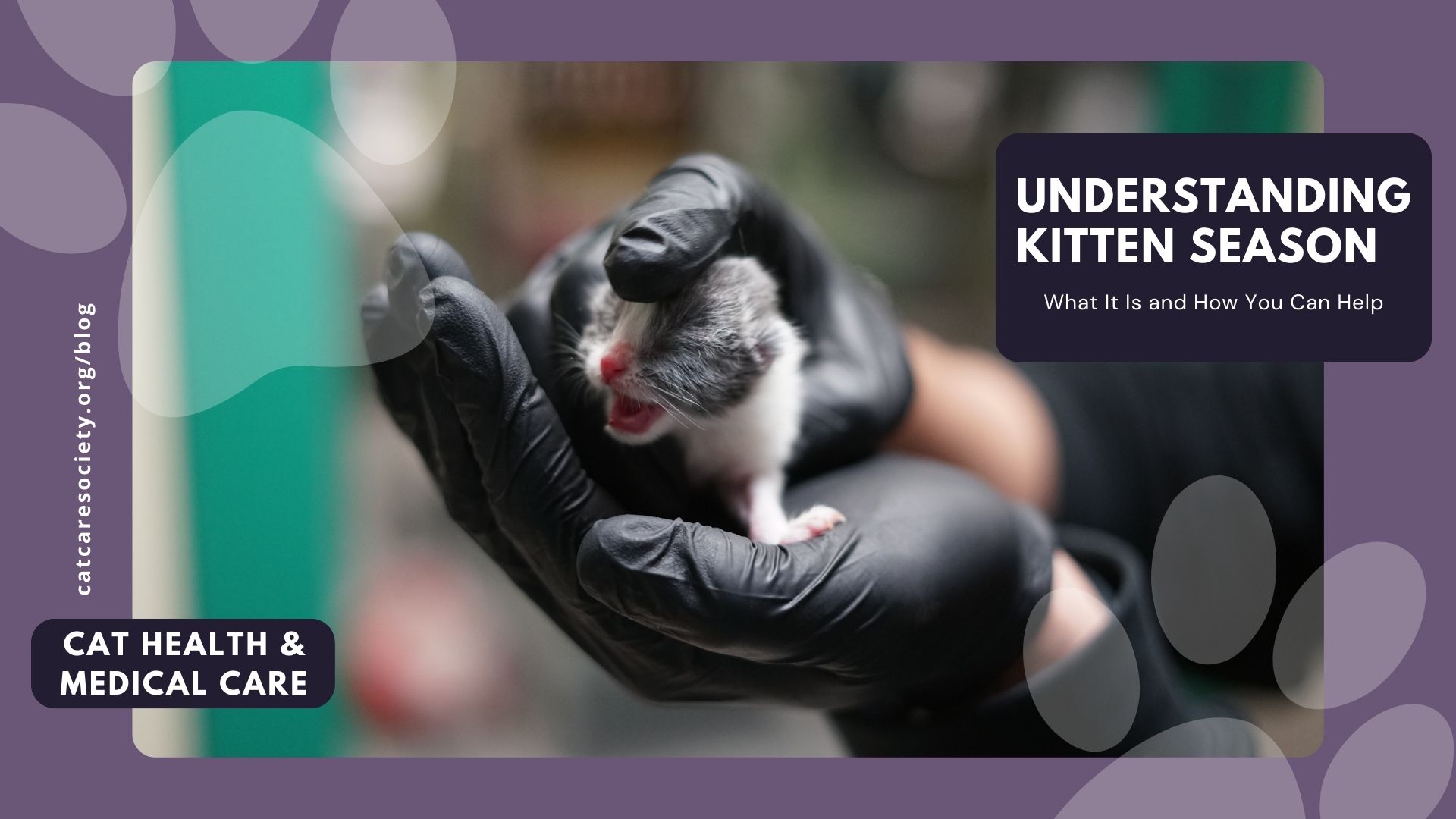
If you love cats, you may have heard the term “kitten season” before—but what exactly does it mean? Kitten season is the time of year when shelters and rescues typically receive an influx of newborn kitten litters as well as their mothers. This surge in cats can create challenges for pet shelters, but with the right knowledge and support, everyone can play a part in helping shelters, ensuring the well-being of the cats, and finding them a loving home.
Kitten season typically occurs from early spring through late fall, with a peak in the warmer months. During this time, unspayed female cats go into heat more frequently and have the potential to give birth to multiple litters, with an average of 4-6 kittens born per litter. This can really add up! Many of these kittens are born outdoors to feral or stray cats and end up in shelters or on the streets.
While kittens are undeniably adorable, the large number arriving at shelters during kitten season creates a high demand for resources like medical care, food, and space. In Colorado, kittens cannot be adopted until they are two months old so shelters are providing lots of long term care for them! Shelters and rescue organizations work tirelessly to care for these kittens and their mothers, but they often face challenges like overcrowding and foster home shortages.
Foster homes help address space shortages but they also play a crucial role in keeping all cats healthy. Kittens don’t yet have a fully developed immune system or GI tract making them more vulnerable to catching and spreading illnesses, which can further overwhelm the shelter and impact other cats. Kittens do not begin to receive illness preventing vaccines until they are at least four weeks of age. Additionally, kittens require frequent monitoring, socialization, and specialized care, which can be challenging for shelters managing many animals at once. Foster caregivers help by providing individualized attention, ensuring kittens receive the care they need to grow strong and healthy before adoption.
To reduce the number of kittens in shelters and ease the ongoing pressure on resources, shelters also focus on spaying mother cats, preventing future litters. This helps break the cycle of overcrowding and ensures that shelters can better meet the needs of all the cats in their care. With community support—through fostering, adoption, and other forms of assistance—we can give every kitten the best chance at a healthy, happy future.
There are many ways you can make a difference during kitten season. Whether you’re able to adopt, foster, volunteer, or support from afar, every effort counts. Here are some suggestions:
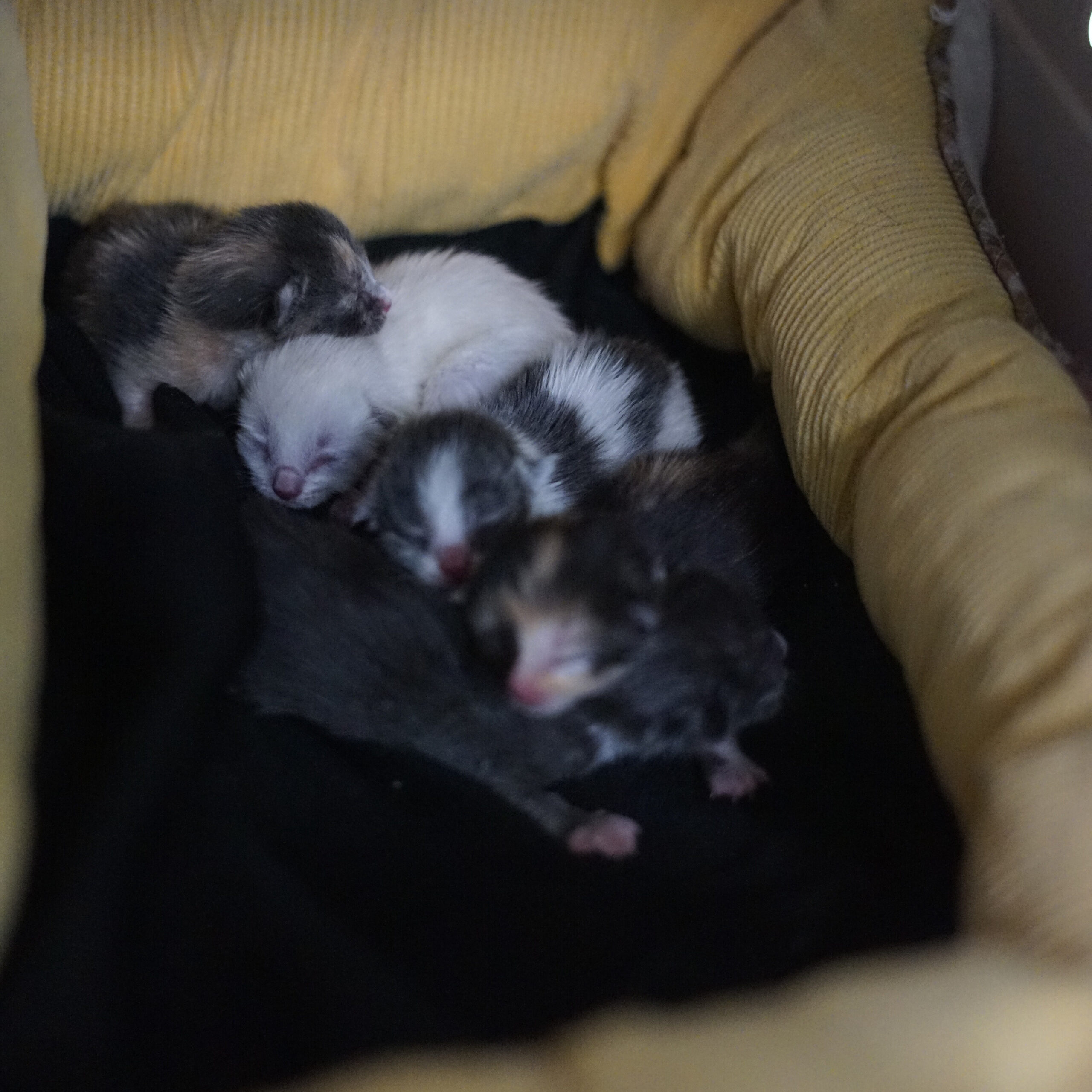
Many shelters and rescues rely on foster homes to care for young kittens
who are too small to be adopted. These kittens need a safe and loving environment where they can grow, socialize, and receive proper medical care. Fostering is a rewarding experience and saves countless lives. Learn more about being a foster with Cat Care Society and apply online.
Preventing unwanted litters starts with responsible pet ownership. Ensure your own cats are spayed or neutered, and encourage friends and family to do the same. We have a resource list of lost-cost clinics that can help make this more accessible. Encourage your friends and family to read more about the benefits of spaying and neutering your cats in one of our other blog posts.
If you’ve been thinking about welcoming a cat into your family, kitten season is an ideal time to adopt. Shelters are overflowing with kittens and adult cats looking for homes. We also suggest adopting two kittens at the same time so they can continue practicing great behavior habits! By adopting, you’re not only giving a cat a second chance but also freeing up space in shelters for other animals in need. Check out our cats available for adoption!
Cat Care Society has a robust in-house cat socialization and enrichment program, and we also have many great resources to help you bond with your new kitty once it’s home and set up an environment where your cat can play, express their natural behaviors, and thrive!
One of the most effective ways to reduce the number of kittens born on the streets is through Trap-Neuter-Return (TNR). This humane approach involves trapping stray and feral cats, having them spayed or neutered, and then returning them to their outdoor colonies where they have adapted to live. TNR helps stabilize cat populations and prevents future litters from being born. Read more about TNR in one of our other blog posts and check out our list of TNR organizations that provide services in the Denver metro area if you’d like to get involved or need support.
Whether or not you can adopt or foster, there are plenty of ways to make a difference! Here are just a few ways you can help:
EduCATion is key to supporting our cat population—it’s built right into the word! Share information about kitten season, TNR programs, and responsible pet ownership with your community. Social media, local events, and word-of-mouth can all help raise awareness and encourage others to get involved.
Follow us on Instagram, Facebook, and TikTok for helpful, shareable content. Sign up for our email newsletter, aka our Mewsletter, to stay updated on upcoming events, adoptable cats, must-read stories, and ways to support the shelter. We also publish a quarterly print newsletter called Cat Care Quarterly that you can sign up to receive at home for free!
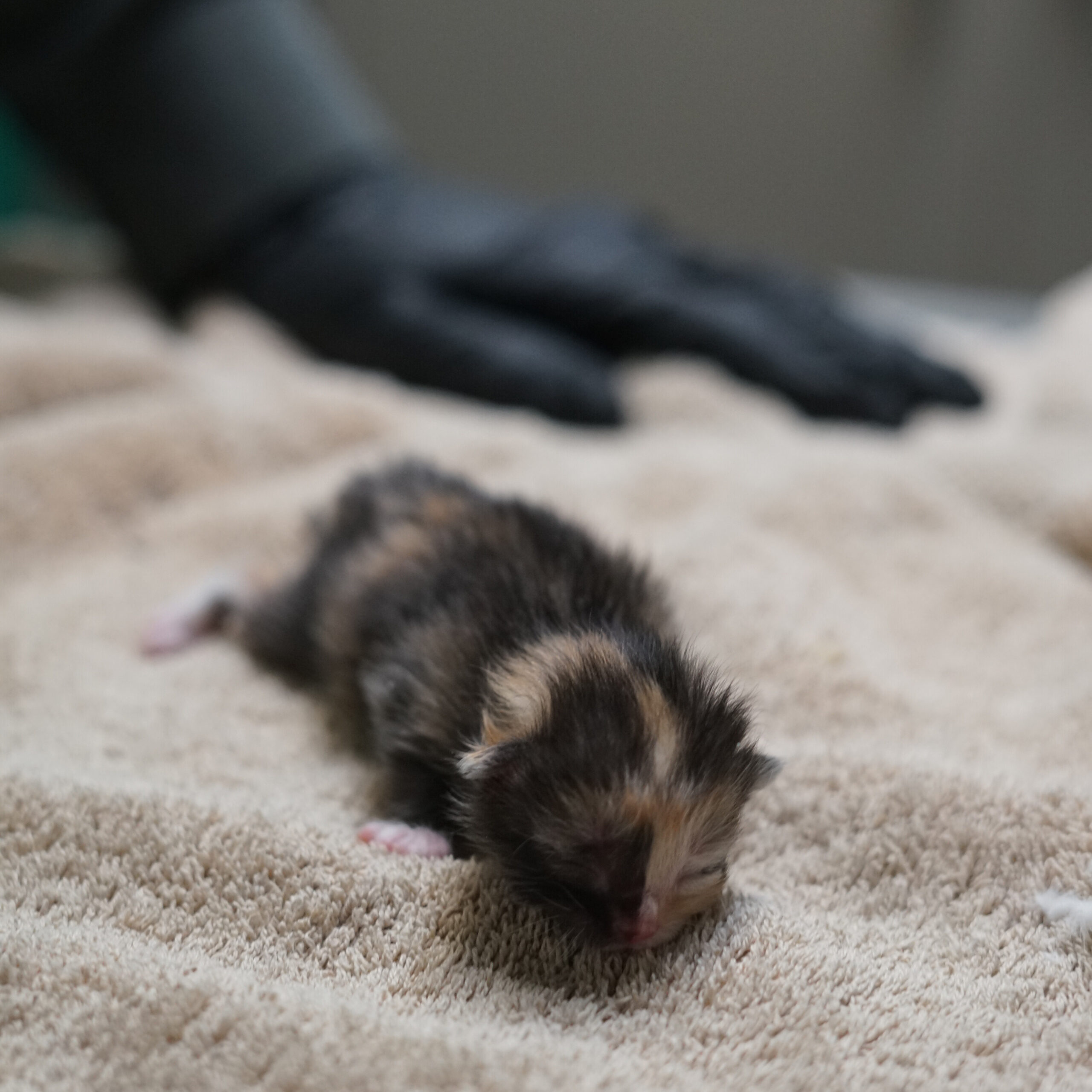
Kitten season is a challenging time for shelters and rescues, but with community involvement, we can help save lives and reduce the number of homeless cats and overcrowded shelters. Whether you open your home to a cat in need, contribute supplies or funds, or simply spread the word, your support makes a meaningful impact. CCS is grateful to all of our supporters, including our dedicated volunteers, fosters, donors, adopters and beyond. Let’s continue working together to give kittens the best start in life and create a brighter, more hopeful future for all cats!
About the Author: Beth Dokolasa is a volunteer for Cat Care Society and served on the organization’s junior board. She is an instructional developer for Natural Grocers and lives in Indian Hills, Colo., with her husband, daughter, and two cats, Techno and Digit.
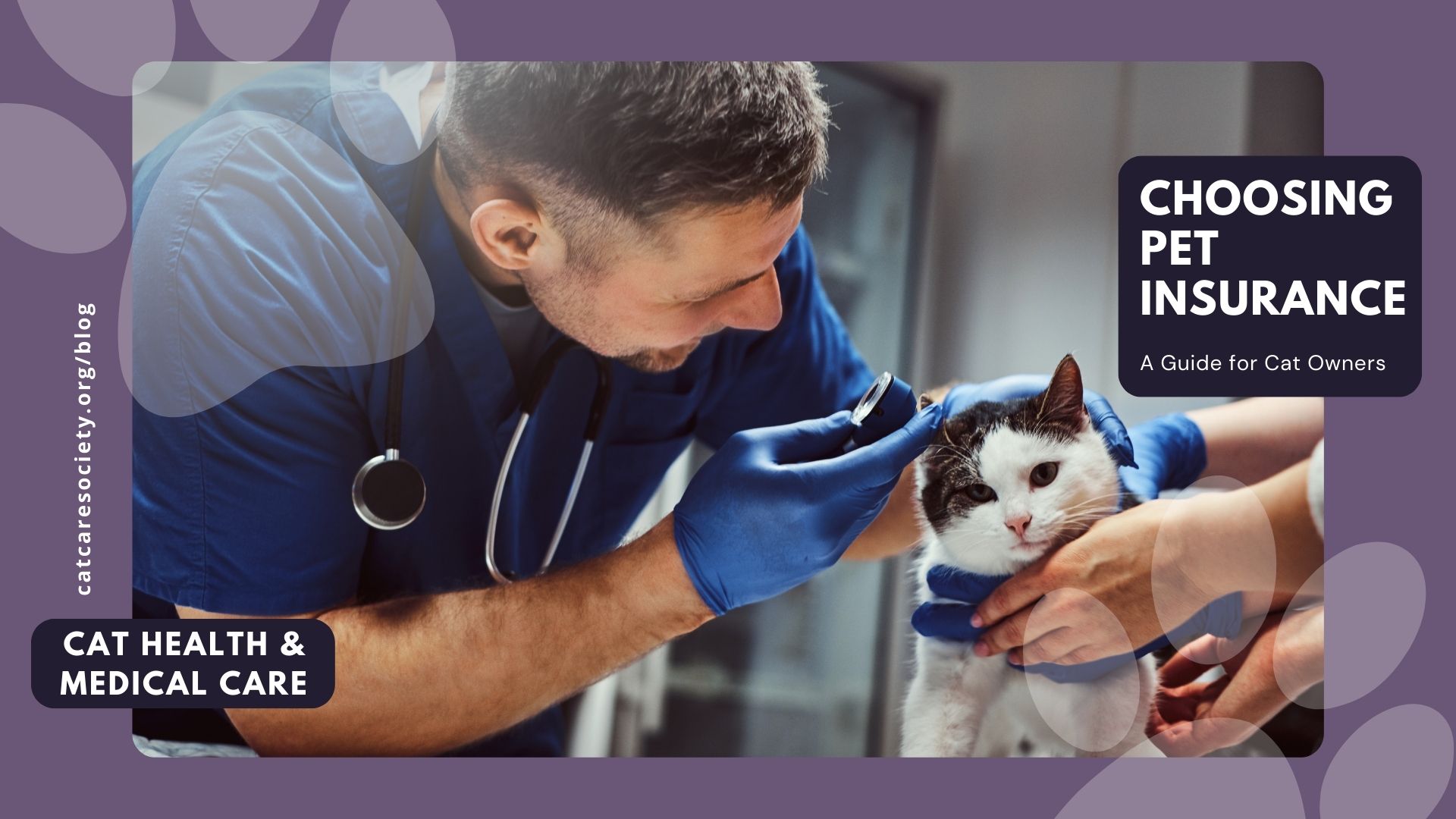
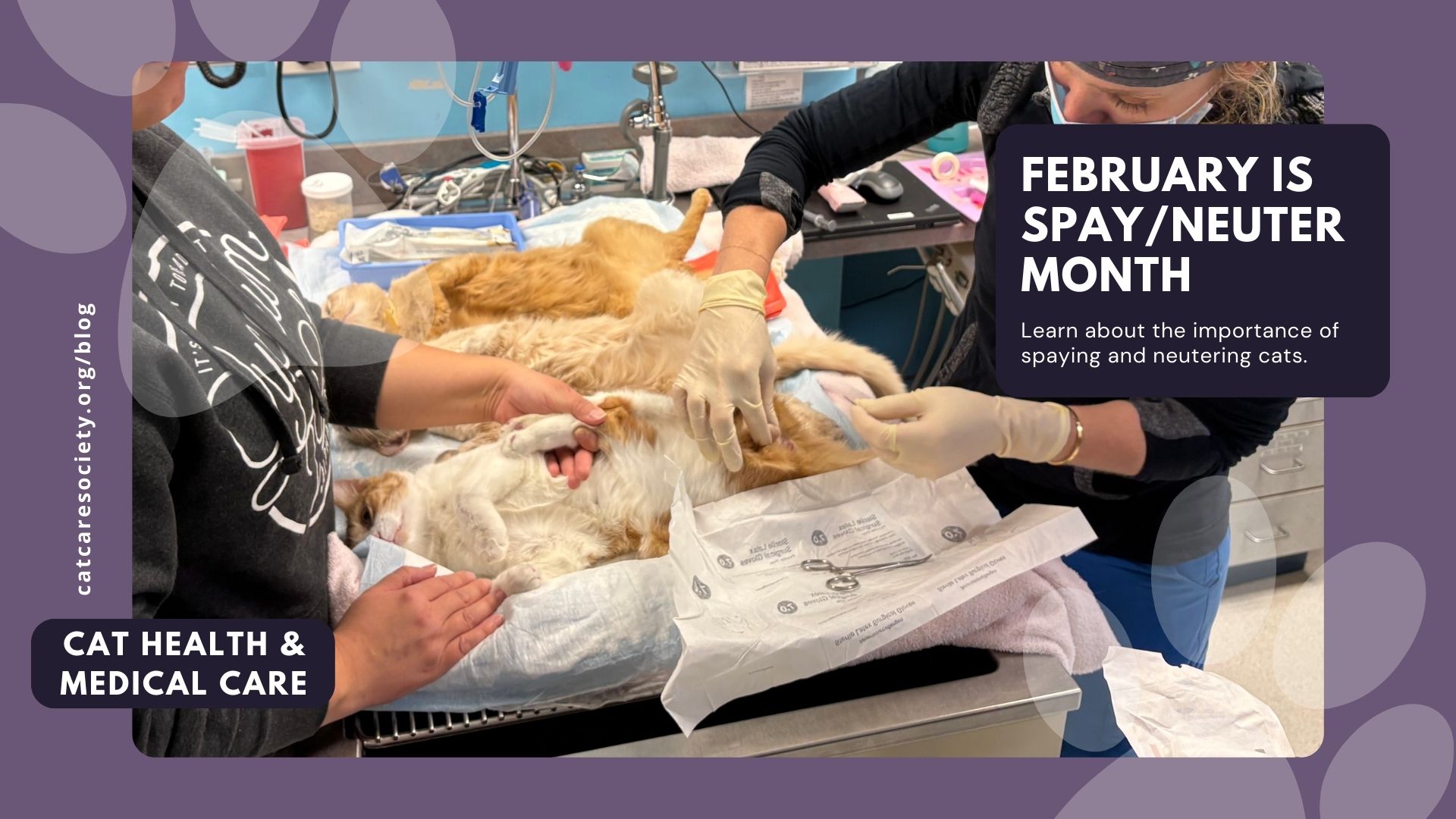
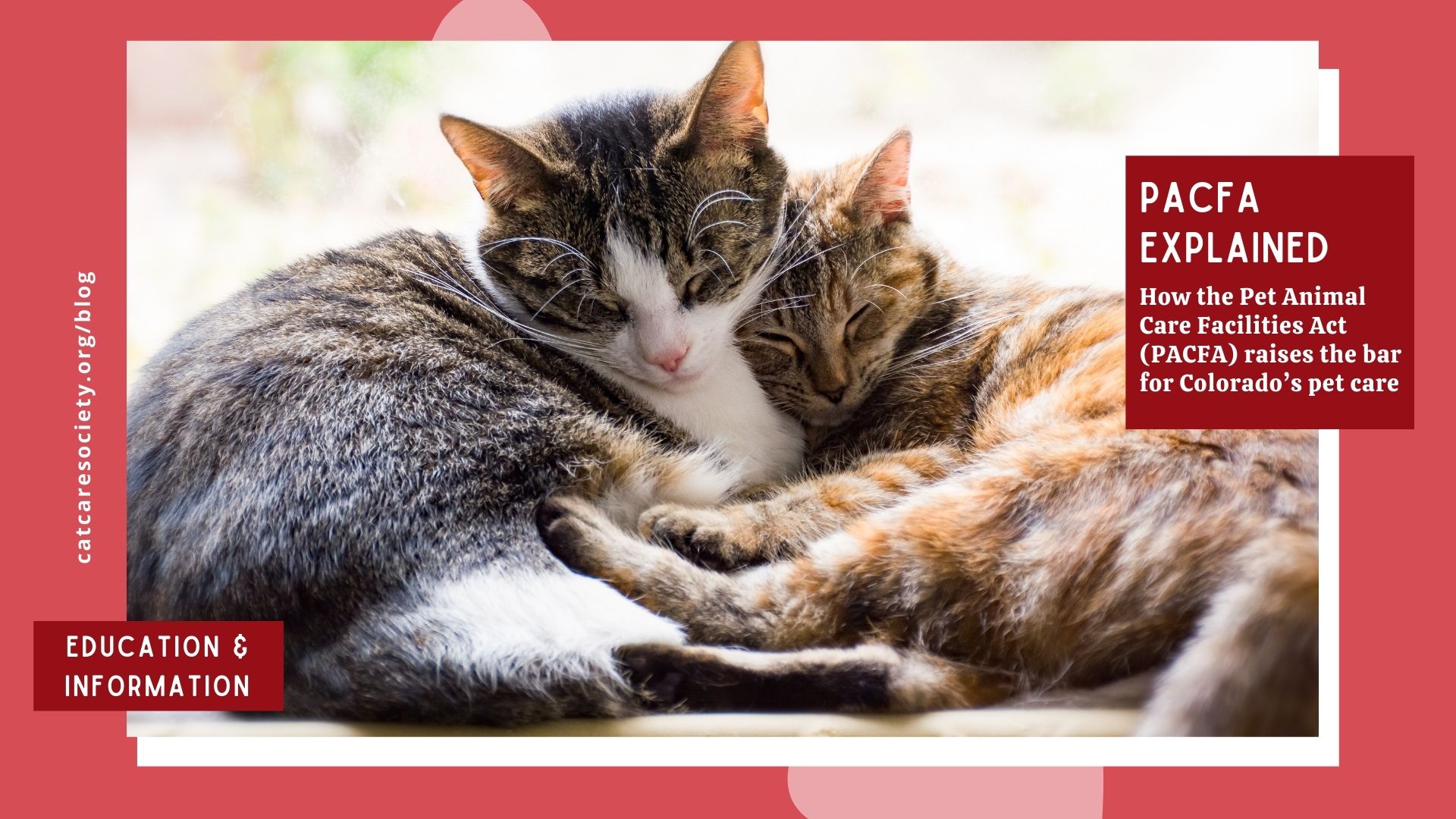
In Colorado, caring for animals isn’t just a calling—it’s a fundamental responsibility governed by the Pet Animal Care Facilities Act (PACFA). Established in 1994, this program protects the health, safety, and welfare of animals in pet care facilities while also protecting consumers who utilize pet-related services.
Whether someone runs an animal shelter (like we do at Cat Care Society!), a pet grooming business, a breeding operation, or a rescue, PACFA requires a license to legally care for animals. This state law sets comprehensive standards to ensure that animals in licensed facilities receive proper care. Through regular updates and inspections, PACFA prioritizes animal welfare, positioning Colorado as a leader in this field. In this article, we’ll explore the broad and comprehensive scope of PACFA, clarify what it doesn’t cover, and explain why it matters for pets and pet owners across Colorado.
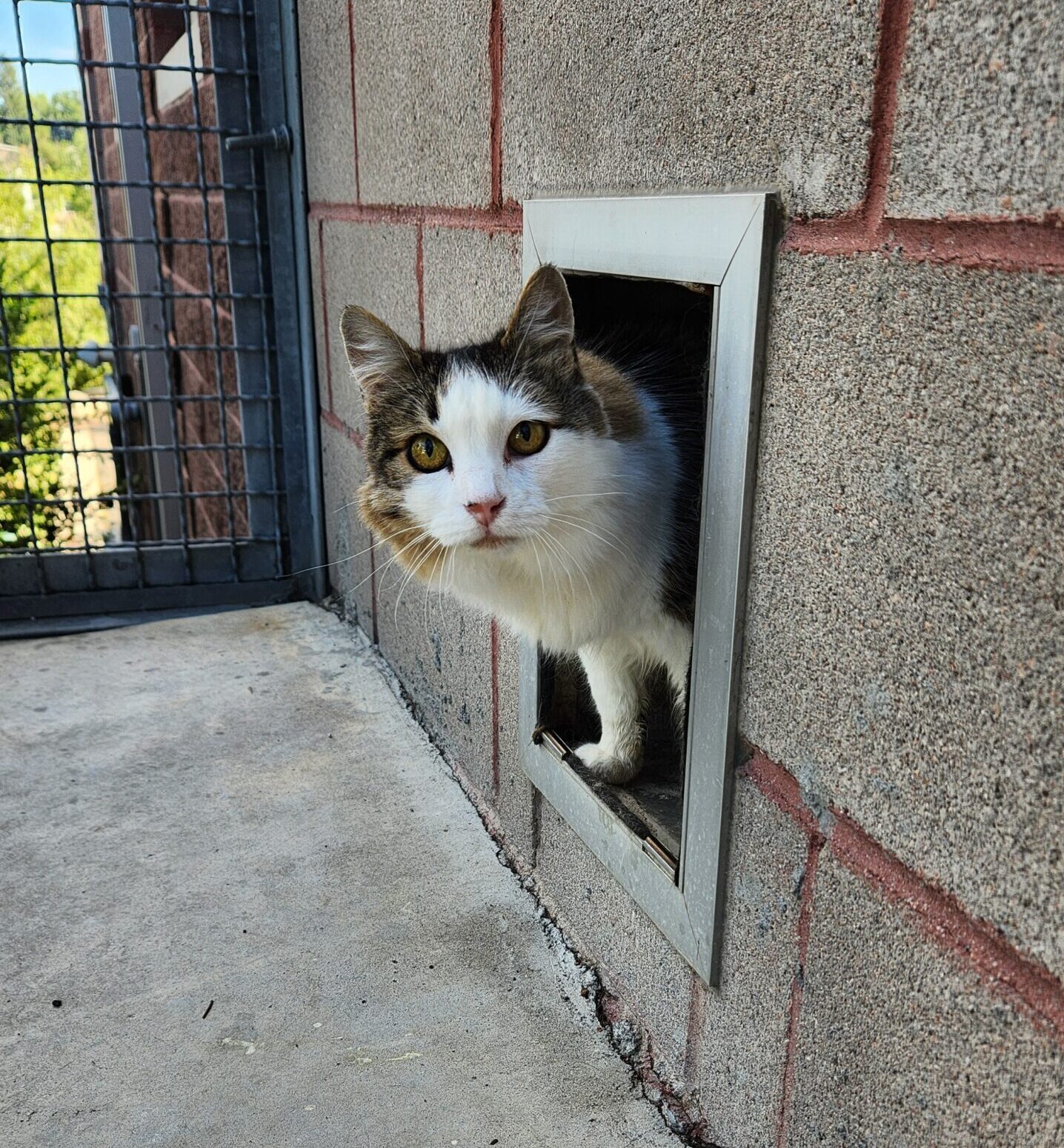
PACFA is Colorado’s state law that regulates companion animal care facilities, ensuring animals receive proper treatment and live in environments where their physical and emotional needs are met. Some animals covered under PACFA include cats, dogs, birds, guinea pigs, mice, rats, hamsters, gerbils, ferrets, rabbits, reptiles, amphibians, and fish.
One of the strongest aspects of PACFA is its comprehensiveness and level of detail. Below are just some of the areas it covers. Note that requirements are individualized based on animal type.
The Colorado Department of Agriculture (CDA) is responsible for enforcing PACFA regulations. This oversight ensures that any organization involved in pet care operates with transparency, accountability, and a deep commitment to the animals in their charge. To earn and maintain a PACFA license, facilities like shelters, rescues, pet stores, and groomers must pass rigorous inspections, meet specific criteria on an ongoing basis, and complete annual reporting.
PACFA’s licensing program isn’t just about paperwork—it’s about safeguarding animal welfare. By maintaining a PACFA license, facilities commit to meeting essential standards for animal housing, health, and safety, all under the enforcement of the CDA. And as these standards are regularly updated, shelters and rescues must stay current, adapting to new regulations that reflect the evolving practices in animal care. Additionally, current PACFA licensees must complete a qualifying continued education every two years to stay up-to-date with PACFA’s standards.
While the terms shelter, rescue, and sanctuary are often used interchangeably, the Colorado Department of Agriculture provides distinct legal definitions for each. The Rules and Regulations Pertaining to the Administration and Enforcement of the Pet Animal Care and Facilities Act (8 CCR 1201-11) specify the classifications for various types of animal facilities. At Cat Care Society (CCS), we operate as a private non-profit animal shelter and do not receive any government funding.
PACFA isn’t animal control or animal protection. Municipal animal control units enforce municipal and state ordinances typically related to private citizen pet ownership, such as dog licensing, leash laws, lost and found, and cruelty/neglect. However, PACFA staff may partner with a local animal control unit if animal cruelty and neglect is discovered.
Additionally, PACFA is required by the state to report animal cruelty and neglect to local law enforcement or the Colorado Bureau of Animal Protection (BAP). BAP conducts outreach and education to prevent neglect and mistreatment of domestic and companion animals in Colorado and follow-up on complaints to help enforce pertinent laws.
PACFA doesn’t oversee licensure of veterinarians or vet techs. The State Board of Veterinary Medicine within Colorado’s Department of Regulatory Medicine regulates and licenses/registers veterinarians and veterinary technicians in the State of Colorado.
Since 1981 Cat Care Society has been committed to a very simple mission: provide cats with the best possible care until they find their forever homes. We fully comply with PACFA’s standards, and our commitment to evolving with the research behind these regulations reflects our ongoing dedication to providing the best possible care for the cats we serve. But we don’t stop there. We believe every cat deserves a safe, loving environment, regardless of age or medical condition.
From individualized care plans to behavioral enrichment programs and our exceptional volunteer and foster teams, we strive to exceed PACFA’s requirements to make sure each cat is living its best life. That includes having a free-roaming environment for our cats and going above and beyond in evaluating older and special-needs cats to determine the best course of treatment and care.
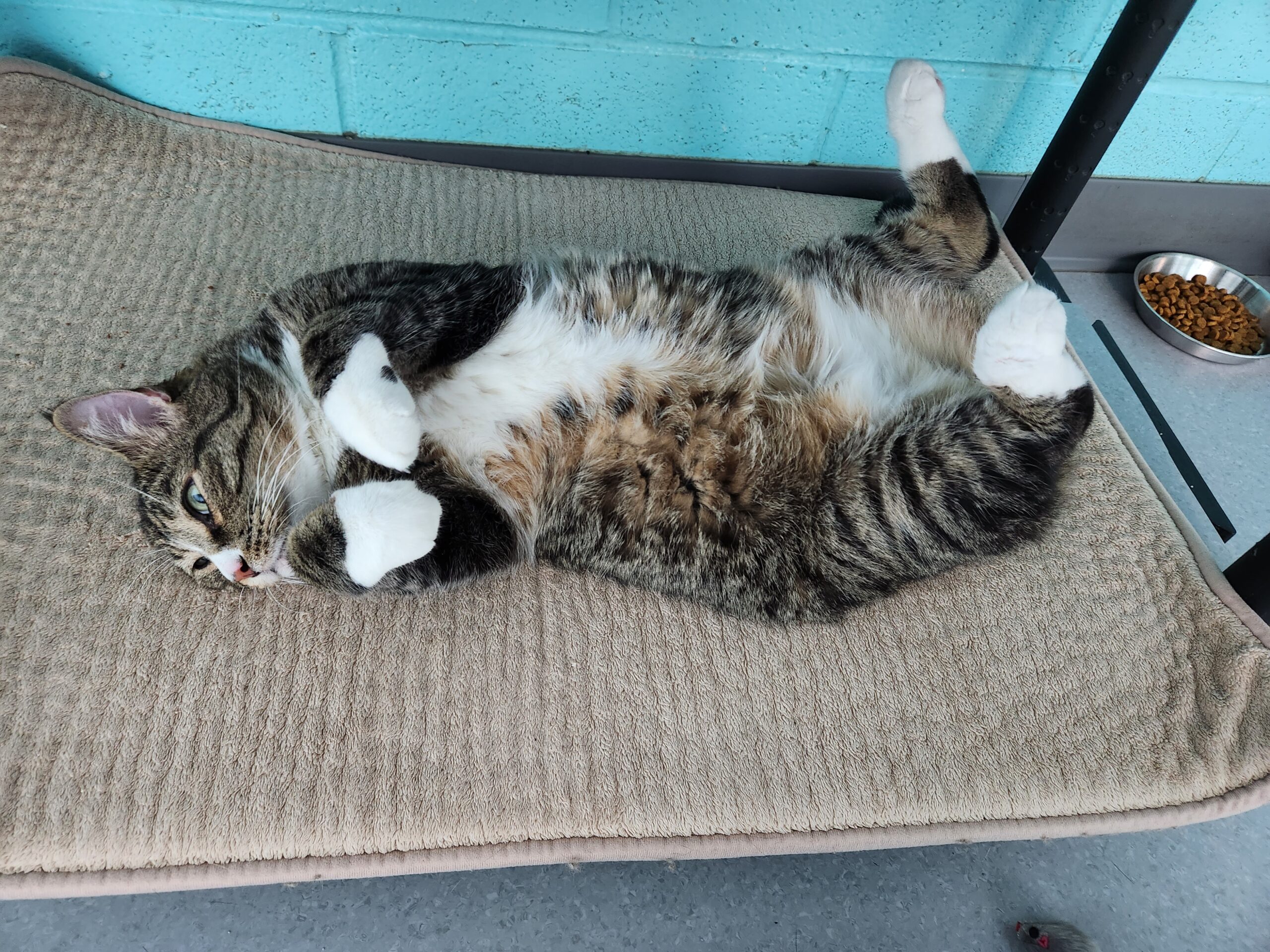
PACFA isn’t just about enforcing rules—it’s about creating a culture of responsibility and compassion across the entire pet care field. By ensuring that everyone in the business of caring for animals meets high standards, PACFA guarantees that every cherished pet gets the attention, safety, and love they deserve.
And at Cat Care Society, we’re all about love—our love for cats and our dedication to upholding the values that PACFA instills. Together, with PACFA’s guidance, we’ll continue to make Colorado a better, safer place for animals, one purr at a time.
We want all animals to be treated with respect and care which is why we encourage you to reference the PACFA Active Facilities List when selecting a pet care service. The CDA also provides detailed information on their website including data, FAQs, and of course, the full PACFA legislation. Here at CCS, we’re committed to transparency, so on our About Us page, you can find details about how we care for our cats, our latest impact report, our strategic plan, and much more! We also offer an extensive list of recommended pet service providers on our Resources page.
About the Author: Beth Dokolasa is a volunteer for Cat Care Society and serves on the Board of Directors. She is an instructional developer for Natural Grocers and lives in Indian Hills, Colo., with her husband, daughter, and two cats, Techno and Digit.

Winter, with its short days and chilly weather, often confines us indoors, making it the perfect season to enjoy the warmth and company of a cat. A field of study known as zooeyia (pronounced zoo-AY-uh) explores the positive impact of human-animal interactions on health, including physical, mental and emotional health. Meaning a cat isn’t just comforting a cozy companion during the colder months, but you share a beneficial, lifelong bond. In this article, we’ll explore the many health benefits to sharing your home with a cat. We’ll also provide some fun activities to enjoy with your cat during a cozy snow day.
Derived from the Greek word for “animal” (zoion) and “health” (Hygeia, the ancient Greek goddess of health), zooeyia encompasses the wide-ranging physical, emotional, and social benefits of owning pets. Cats, as beloved companions, exemplify zooeyia by their ability to:
Combat winter monotony by getting creative with your cat! These activities not only enrich your pet’s life but also elevate your mood and strengthen the bond between you and your kitty.
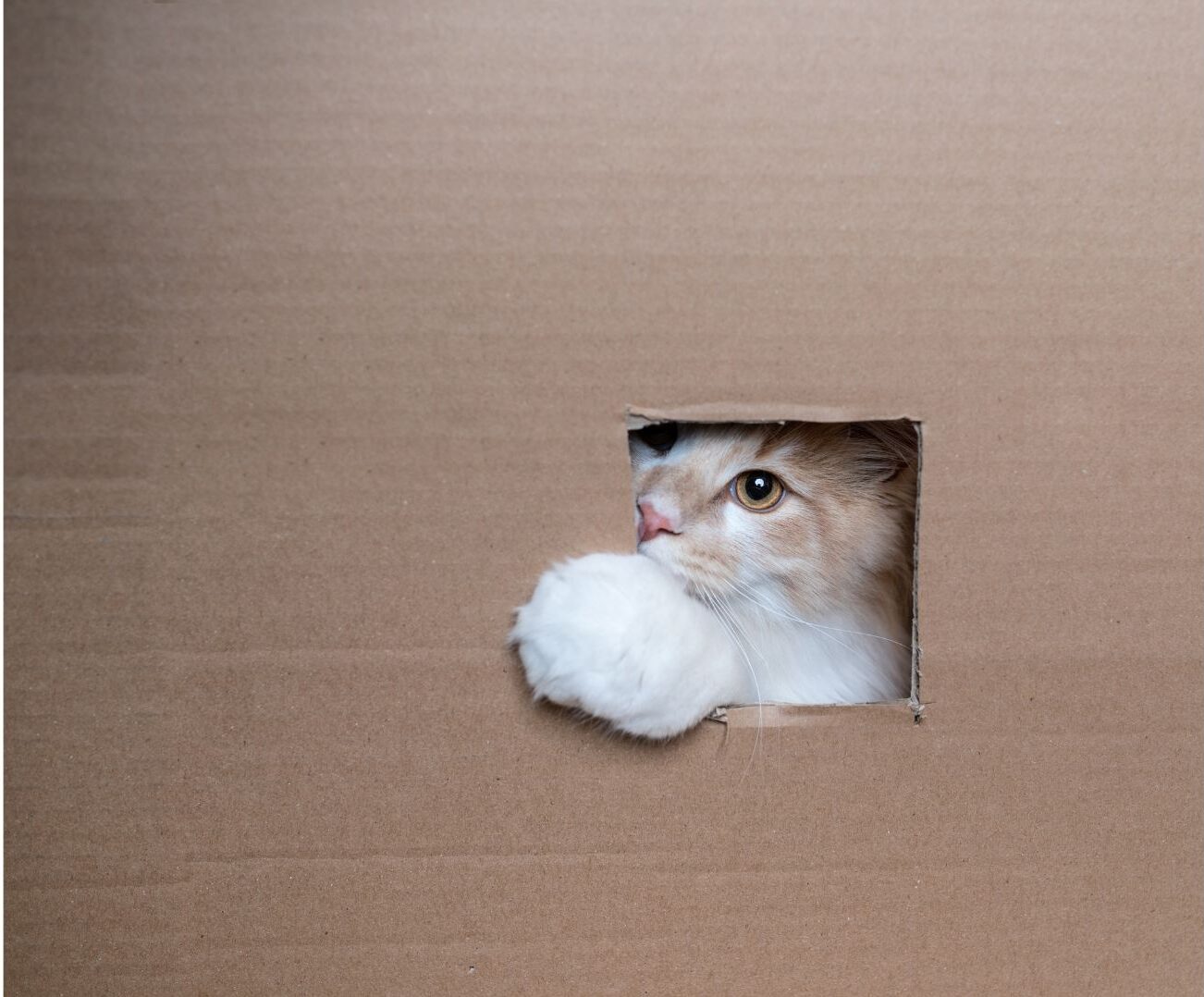
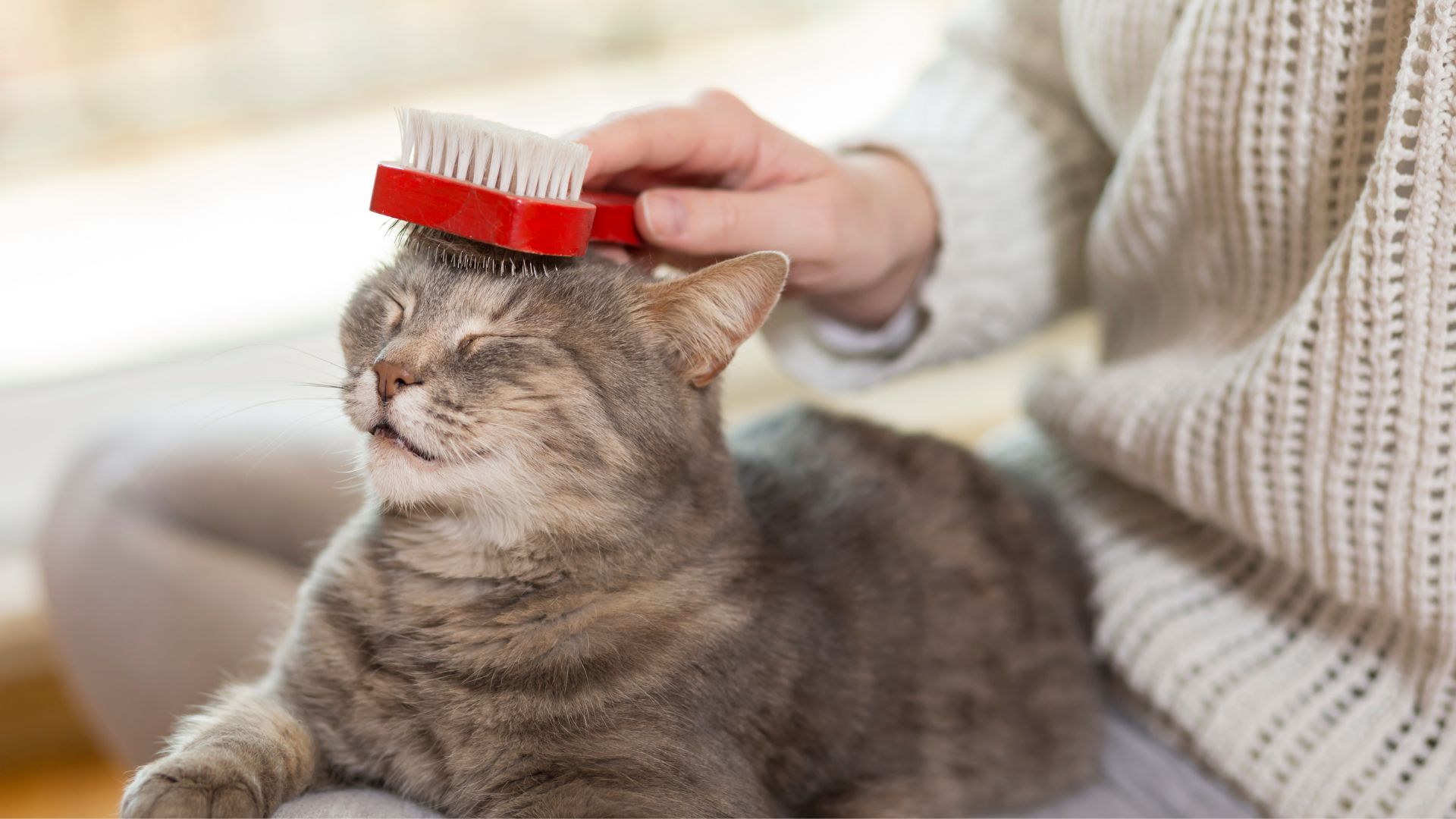
Note that some cats need breaks from physical touch. Read our blog post on overstimulation in cats to learn how to recognize the signs to ensure a positive experience.
Cats offer much more than companionship—they embody the principles of zooeyia by enhancing our mental and physical health, especially in challenging times like winter. Pairing these benefits with fun activities ensures both you and your cat stay happy and engaged. We always have cats available for adoption, so check them out if you’re ready to embrace the warmth and joy they bring to your home (or multiply it if you already have cats!).
About the Author: Beth Dokolasa is a volunteer for Cat Care Society and serves on the Board of Directors. She is an instructional developer for Natural Grocers and lives in Indian Hills, Colo., with her husband, daughter, and two cats, Techno and Digit.
Resources
Allen, K., Blascovich, J., & Mendes, W. (1998). Cardiovascular reactivity and the presence of pets, friends, and spouses: the truth about cats and dogs. International Journal of Psychophysiology, 30(1–2), 116. https://doi.org/10.1016/s0167-8760(98)90295-1
Anderson, K. L., & Olson, J. M. (2015). The value of a pet in enhancing the quality of life. The Journal of the American Board of Family Medicine, 28(4), 526–534. https://www.jabfm.org/content/28/4/526.long
McConnell, A. R., Brown, C. M., Shoda, T. M., Stayton, L. E., & Martin, C. E. (2011). Friends with benefits: On the positive consequences of pet ownership. Journal of Personality and Social Psychology, 101(6), 1239-1252. https://doi.org/10.1037/a0024506
Stammbach, K. B., & Turner, D. C. (1999). Understanding the Human—Cat Relationship: Human Social Support or Attachment. Anthrozoös, 12(3), 162–168. https://doi.org/10.2752/089279399787000237
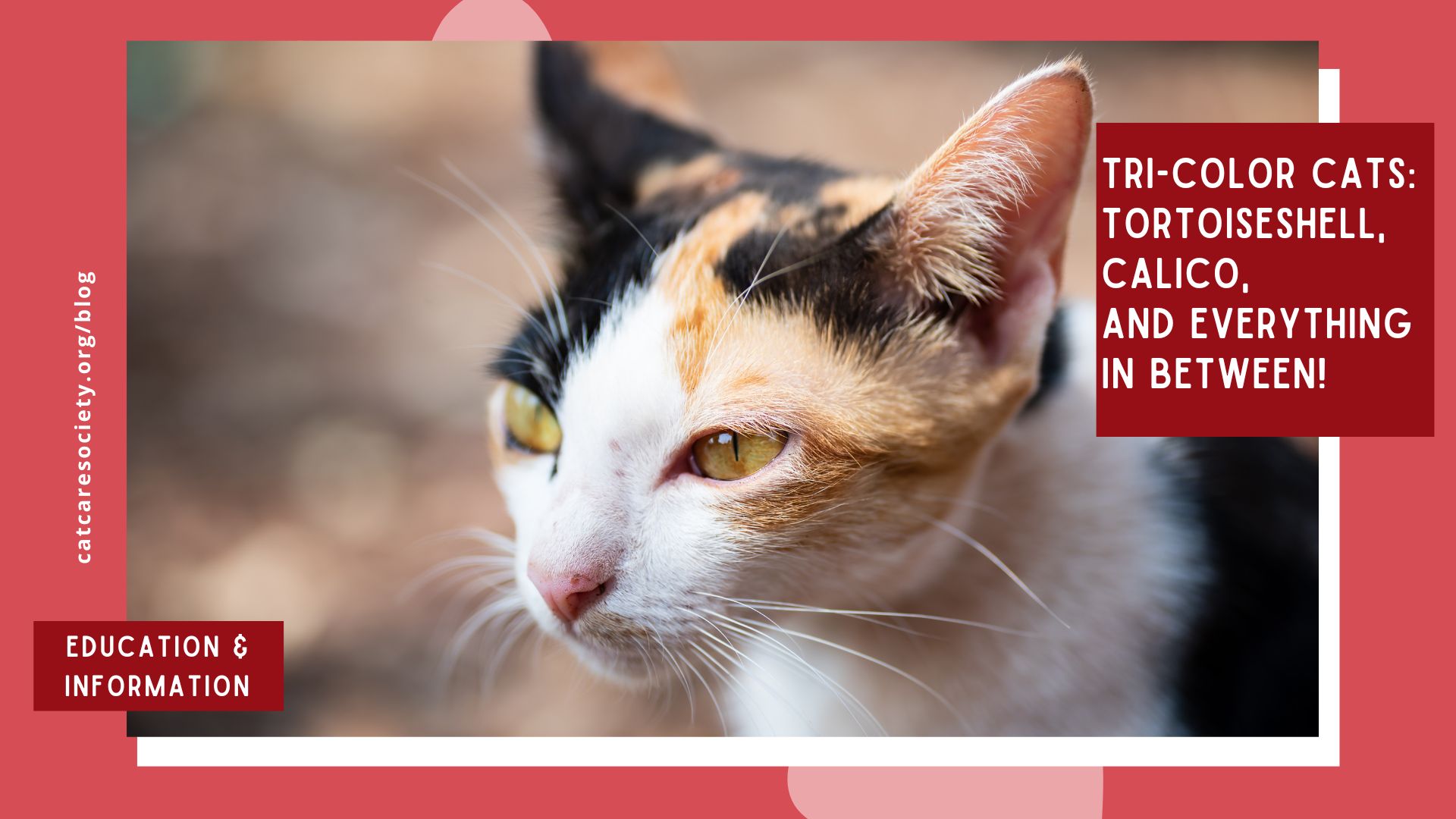
With Halloween approaching, it’s the perfect time to spotlight a particular type of cat—and no, we’re not talking about black cats! Instead, we’re focusing on tri-color cats, whose coats feature a mix of black, orange, and white in varying patterns and ratios. While “tri-color” and “calico” are often used interchangeably, calico cats have a distinct coat pattern. Tortoiseshell cats are also considered tri-color, even though they usually lack white and have their own unique pattern. It’s important to remember that “calico” and “tortoiseshell” refer to coat patterns, not breeds. These color combinations are the result of genetics and can appear in any breed, though they are more commonly found in breeds like American Shorthair, British Shorthair, Japanese Bobtail, Maine Coon, and Persian.
There are also diluted and tabby variations of tortoiseshell and calico cats—so many colorful kitties to love! In the rest of this article, we’ll explore the different markings and patterns that define each type of tri-color coat. By the end, you’ll be able to recognize the unique beauty of every tri-color cat you encounter.
Tri-color cats are almost always female, with approximately one in 3,000 being male. This is because two X chromosomes are needed to have a distinctive tri-color coat. Typically, if a cat has an XX pair, she will be female. Male cats have an XY chromosome pair, so they’re not tri-color unless they have at least one extra chromosome (XXY). Unfortunately, these males often suffer from Klinefelter’s Syndrome, a condition that can negatively affect their health and longevity.
Calico cat coats feature patches of solid orange, black, and white. The white color is a result of a genetic condition called piebalding, which occurs in a range of other domestic and farm animals. In a diluted calico, the colors are more muted to cream, gray, and white, due to a gene inherited from one of the parents that diminishes color intensity.
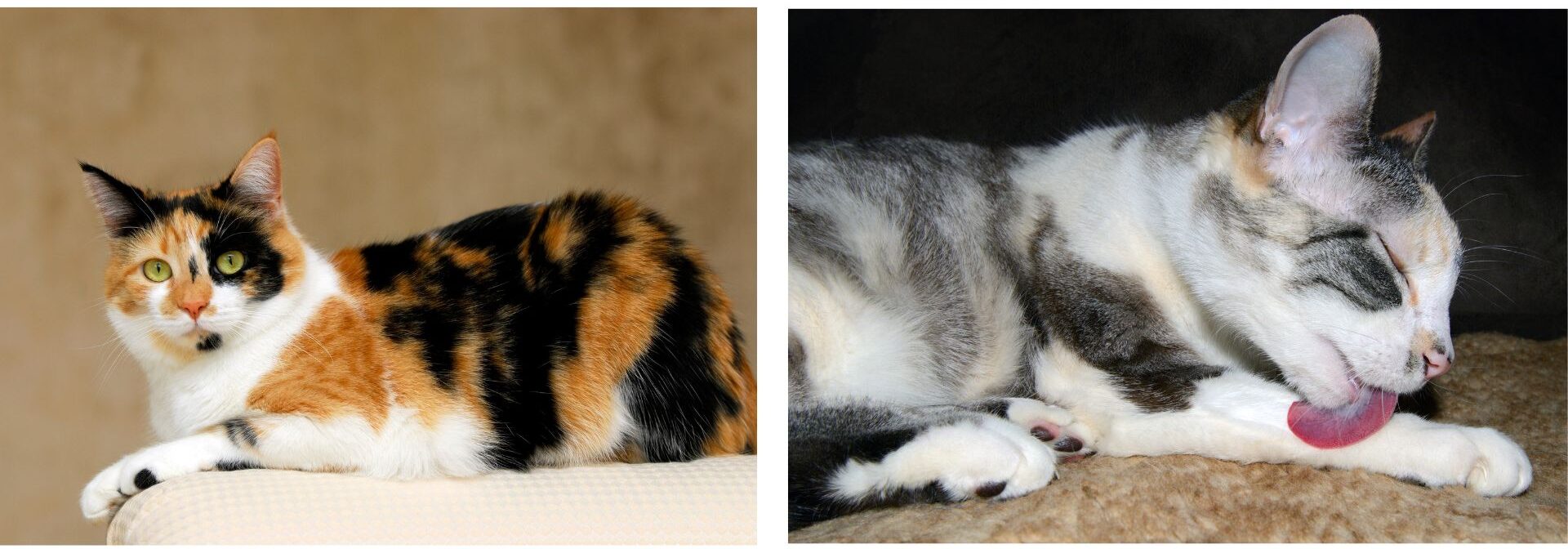
“Tabico” is a term for cats that have a combination of tabby and calico markings. These cats have large patches of orange and black on a white background, with tabby stripes overlaying some of the black and orange areas. When tabby stripes cover the forehead, they form the distinctive “tabby M.” A diluted tabico’s coat features cream, gray, and white fur.
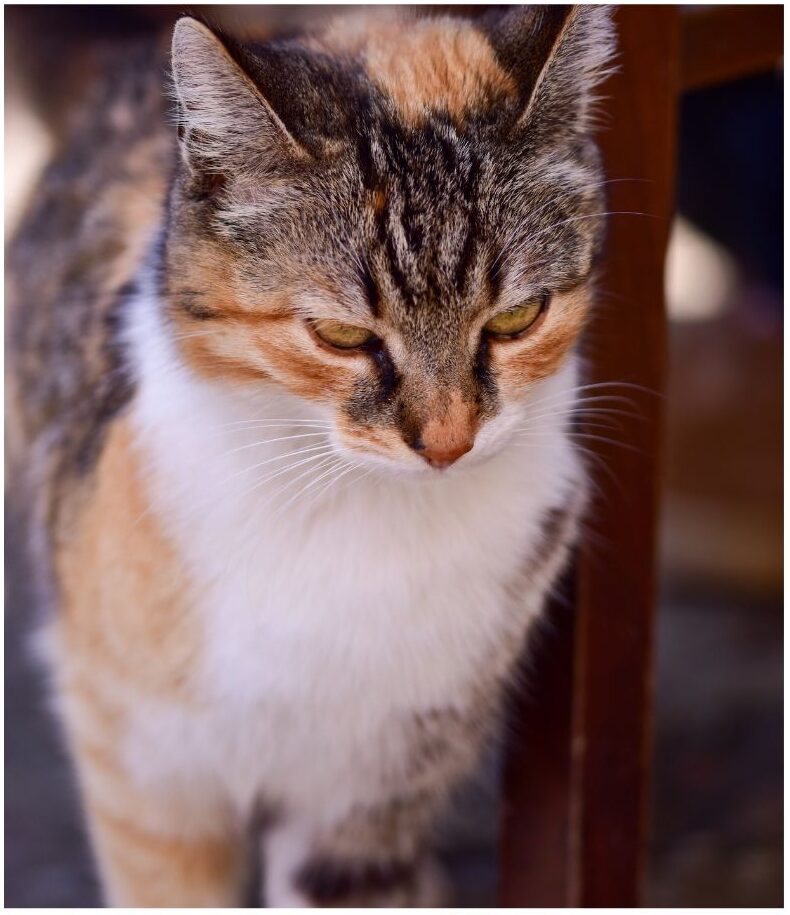
Tortoiseshell, or “tortie,” cats have brindle patterns (irregular stripes or streaks) of orange and black with little to no white. A diluted tortie has gray and cream colors and is a result of both parents carrying a recessive gene that impacts the intensity of the colors.
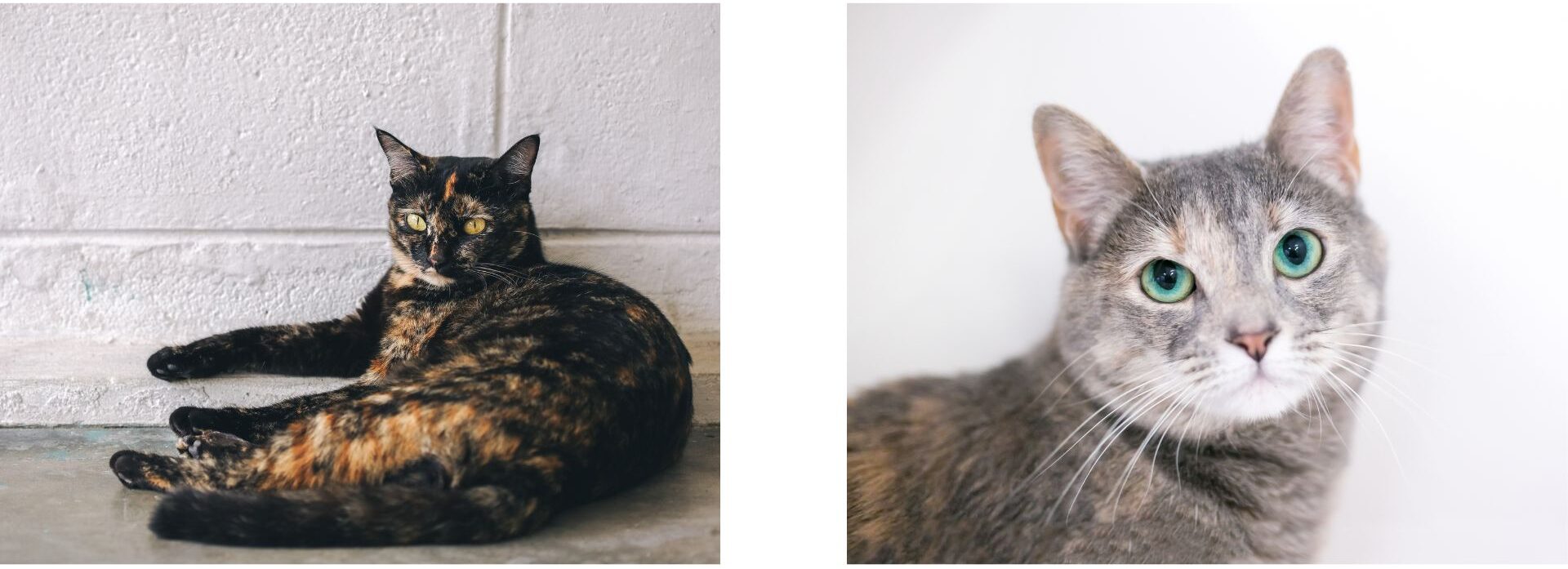
A torbie cat exhibits both the multi-colored brindle pattern of a tortoiseshell cat and the characteristic stripes or spots of a tabby. Like the tabico, if there are tabby stripes on the cat’s forehead, they will display the “tabby M.” Diluted torbies usually have a cream, gray and white coat.
A “tortico” is a combination of classic tortie and calico markings, featuring large patches of orange and black brindling on a white background. A diluted tortico is relatively rare, and will be gray and cream, and white.
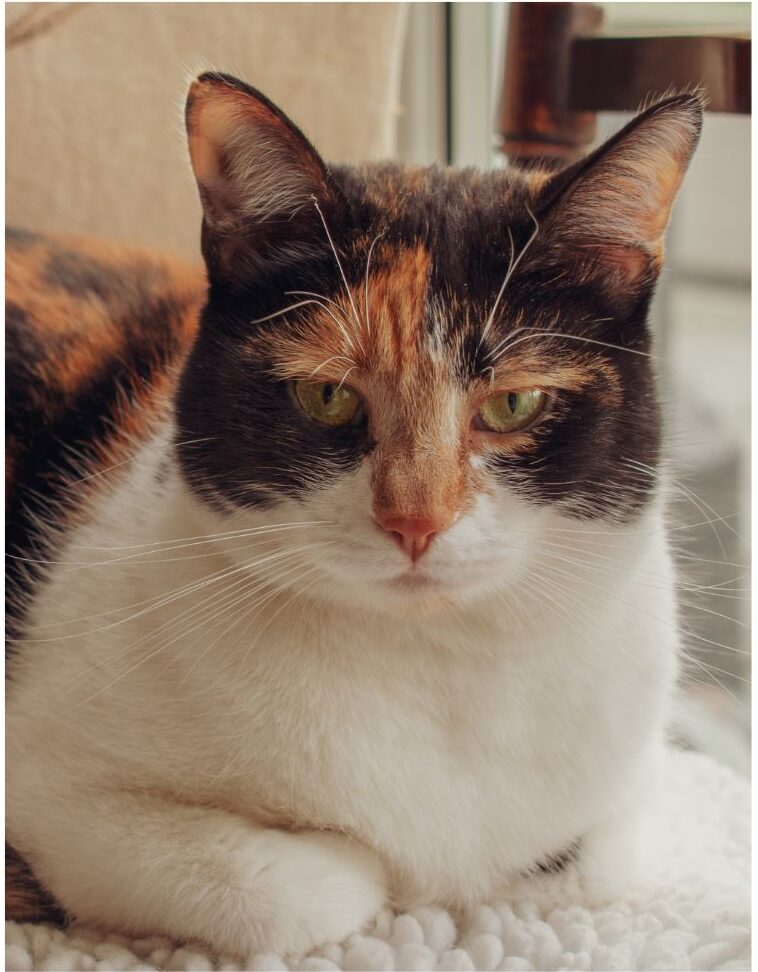
As you can see, there are many variations of tri-color cats but you can still count yourself lucky if you run into one! In many cultures tri-color cats are connected with good luck and good fortune, and in the U.S., they are sometimes called “money cats.”
People who have tri-color cats often report that they’re equally sweet and sassy and tortoiseshell cat owners often refer to their feisty side as having “tortitude.” However, since tri-color cats aren’t a breed, research hasn’t been able to confirm that this extra feistiness is a distinct trait related to their coat pattern. That said, if you haven’t taken our “Whats Your Cat Purrsonality” quiz on our Just Fur Fun page, now’s your chance! Discover which cat breed or color pattern best represents you—maybe even find out if you have a bit of tortitude!”
About the Author: Beth Dokolasa is a volunteer for Cat Care Society and serves on the Board of Directors. She is an instructional developer for Natural Grocers and lives in Indian Hills, Colo., with her husband, daughter, and two cats, Techno and Digit.
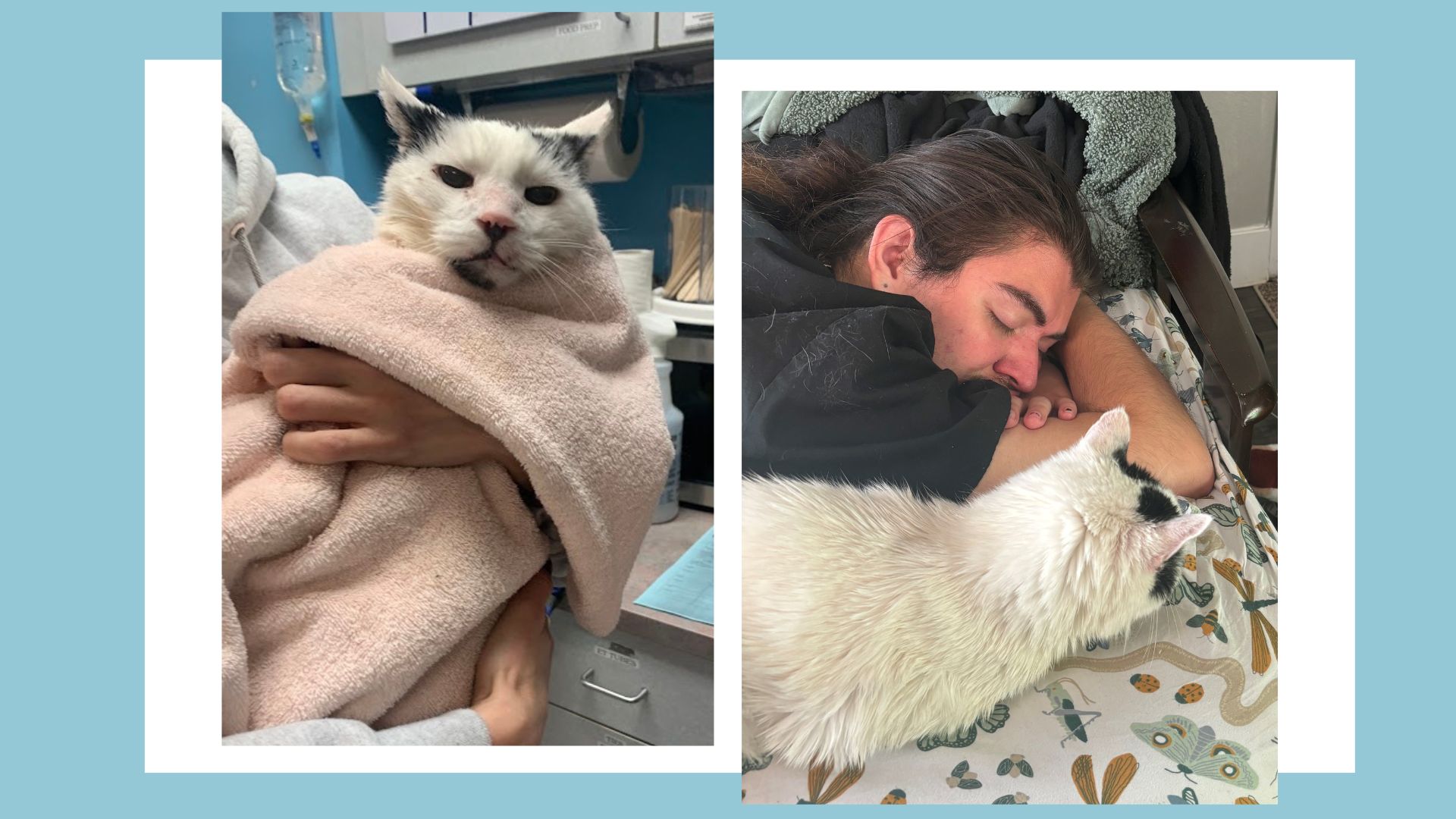
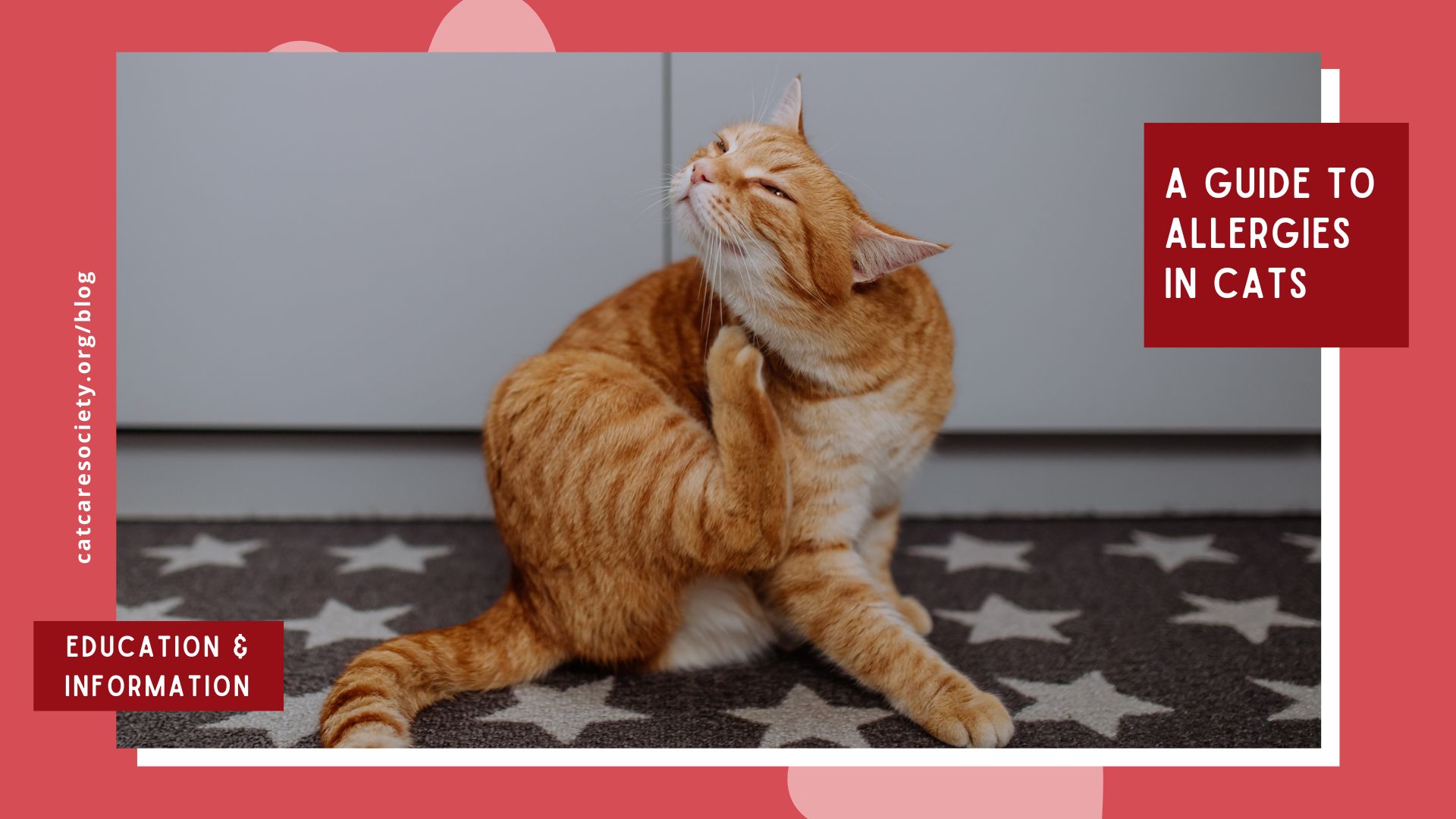
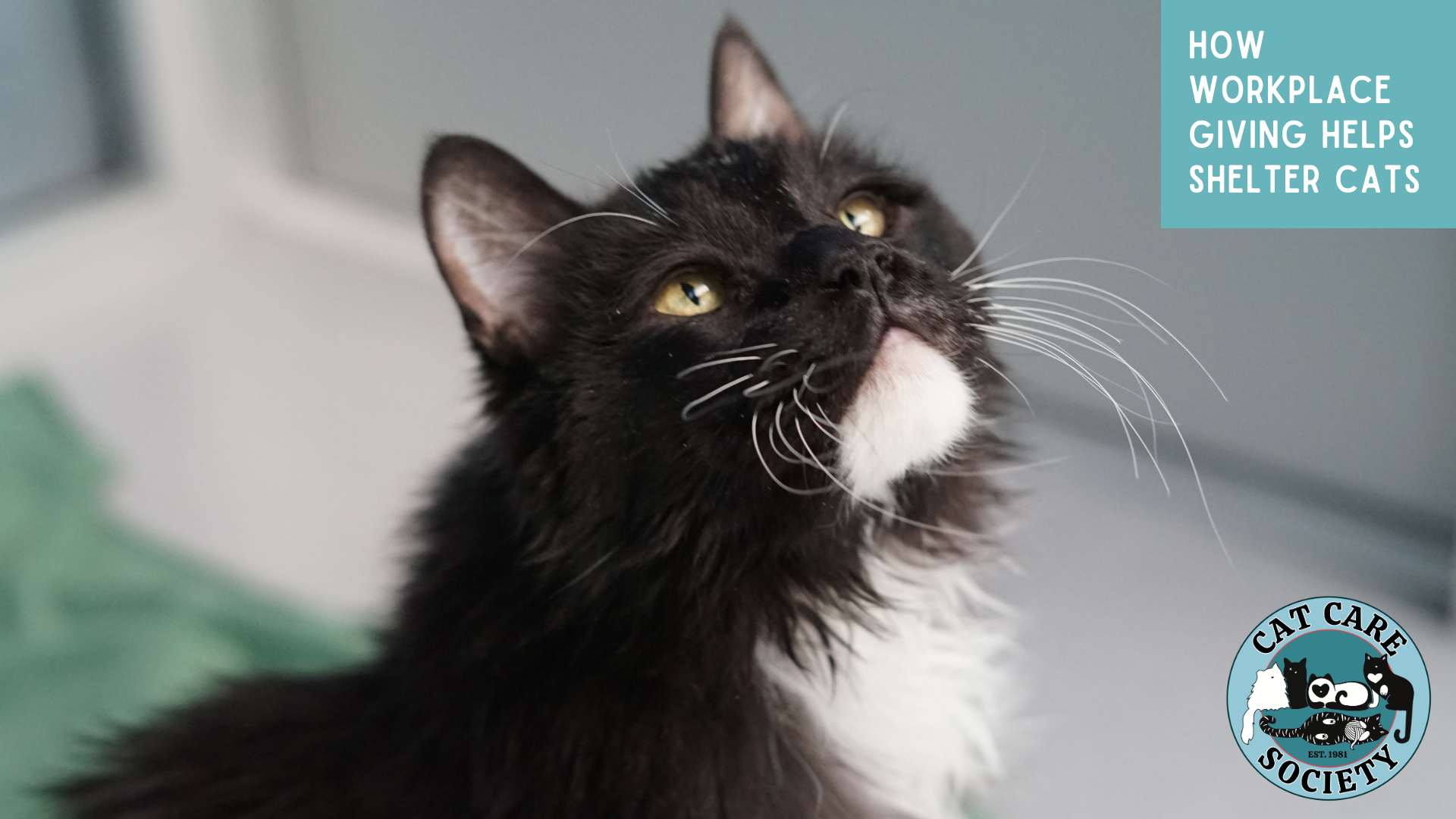
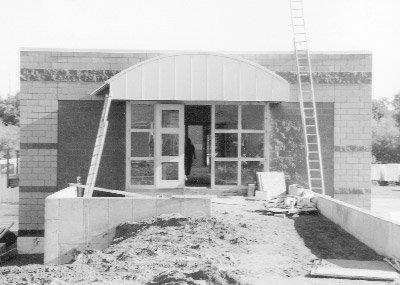
Please include your full name on a gift note when sending donations through Amazon or Chewy, so we can properly acknowledge your generous contribution! Without it, we won’t be able to identify that the items are from you. Also, please keep your shopping receipt, as it serves as your official donation receipt.
Copyright © 2024 Cat Care Society. All Rights Reserved. | Privacy Policy
The Cat Care Society is a non-profit 501(c)(3) organization. Our tax identification number is 84-0869447.